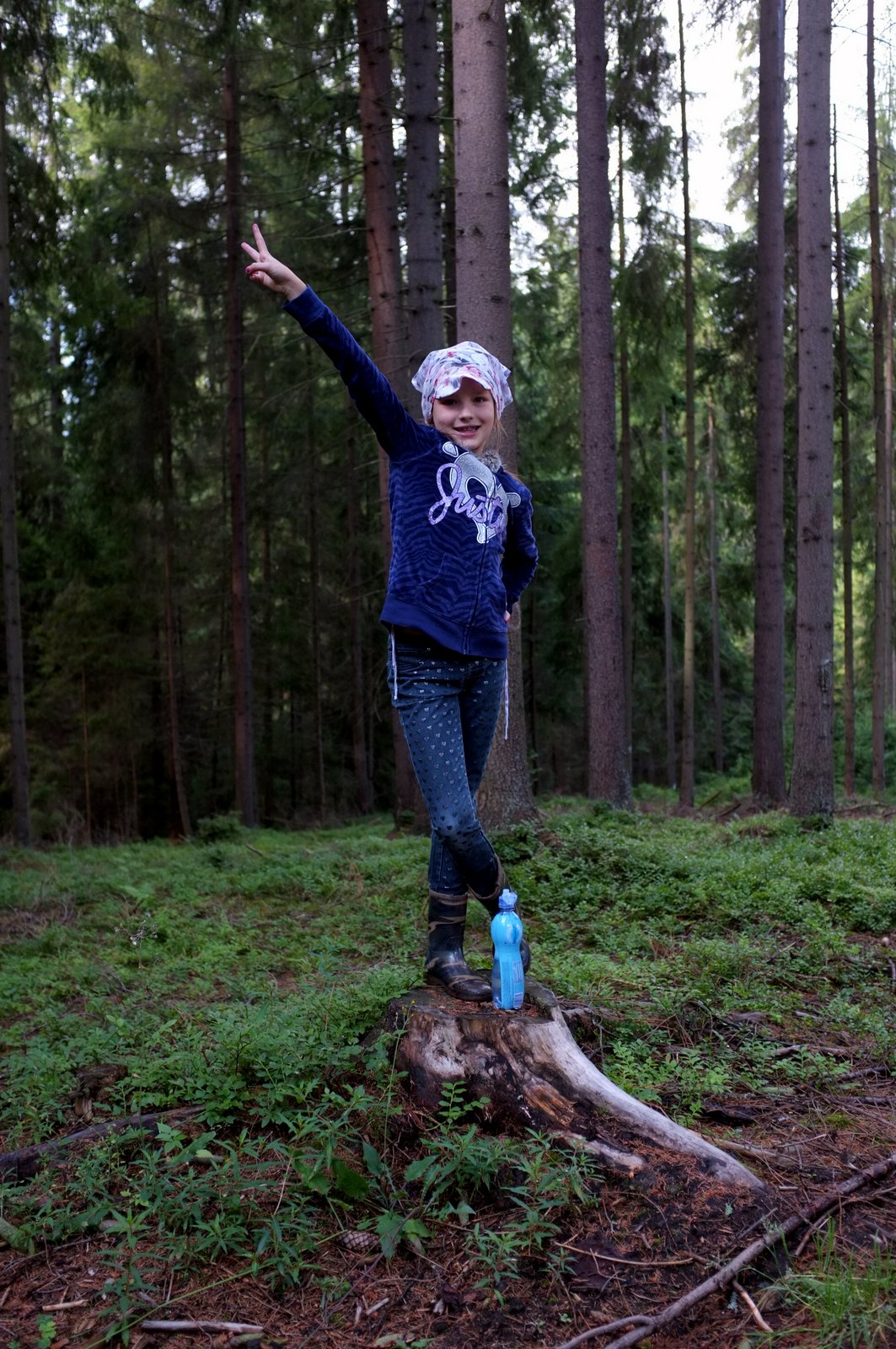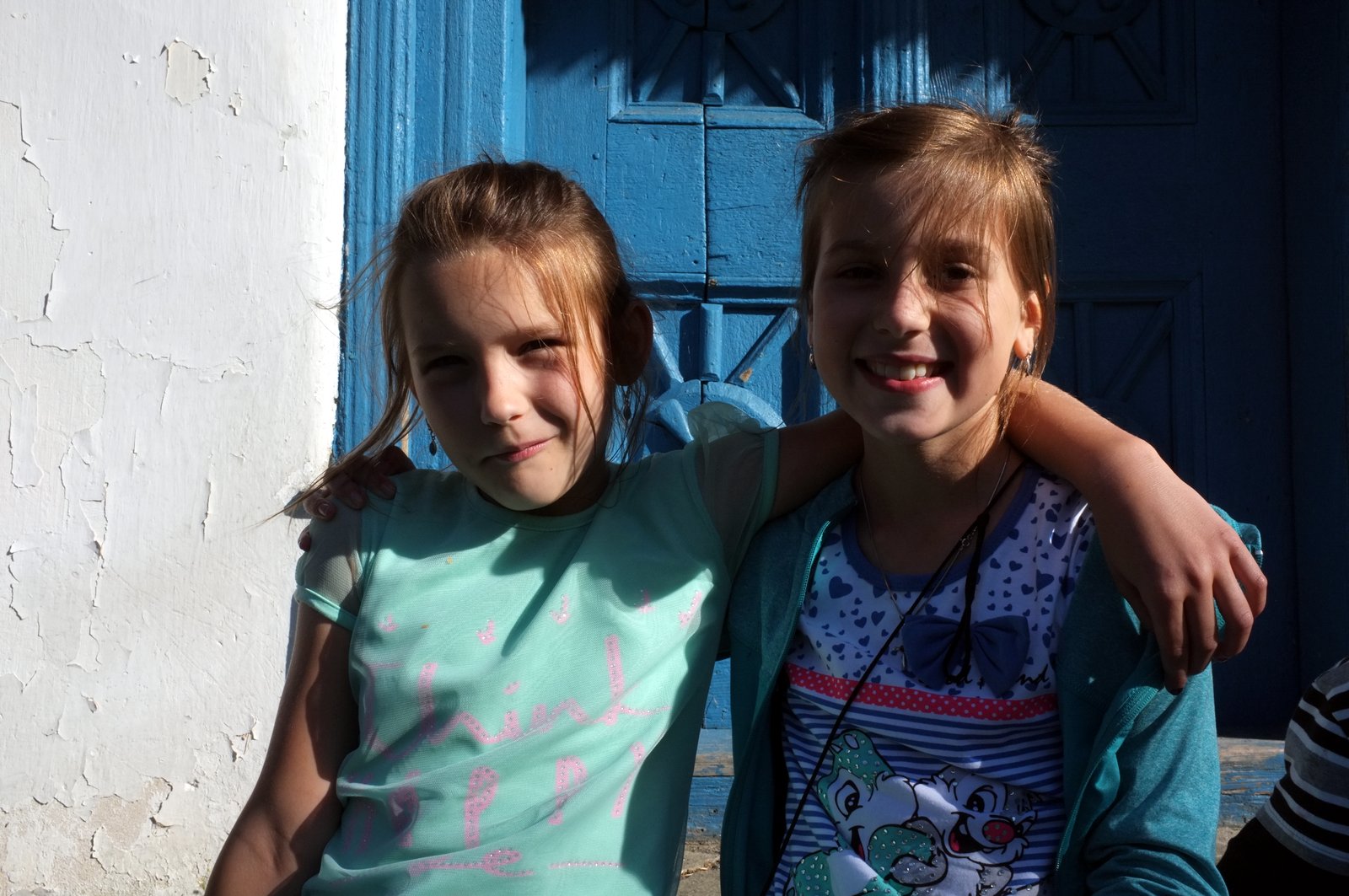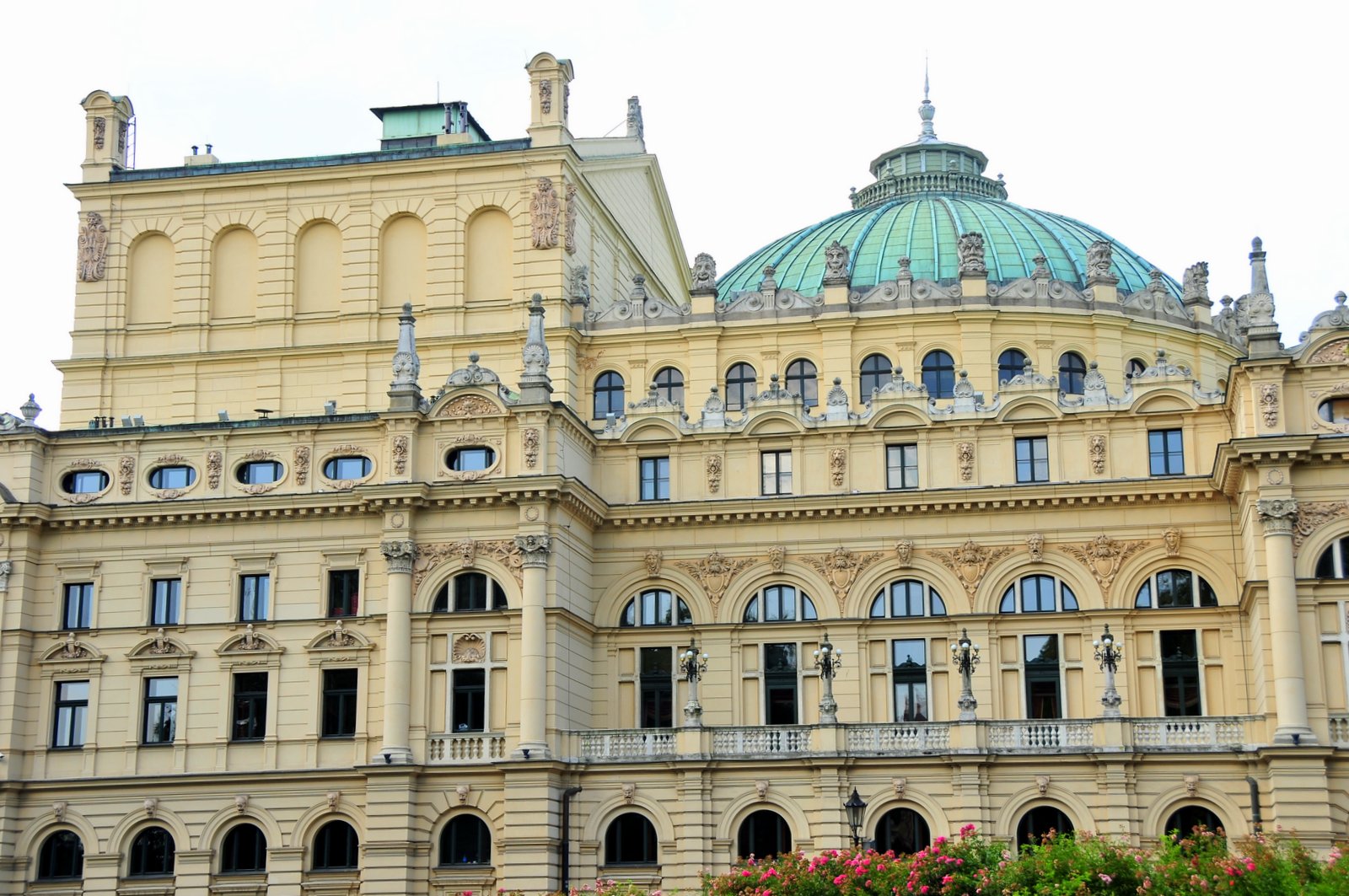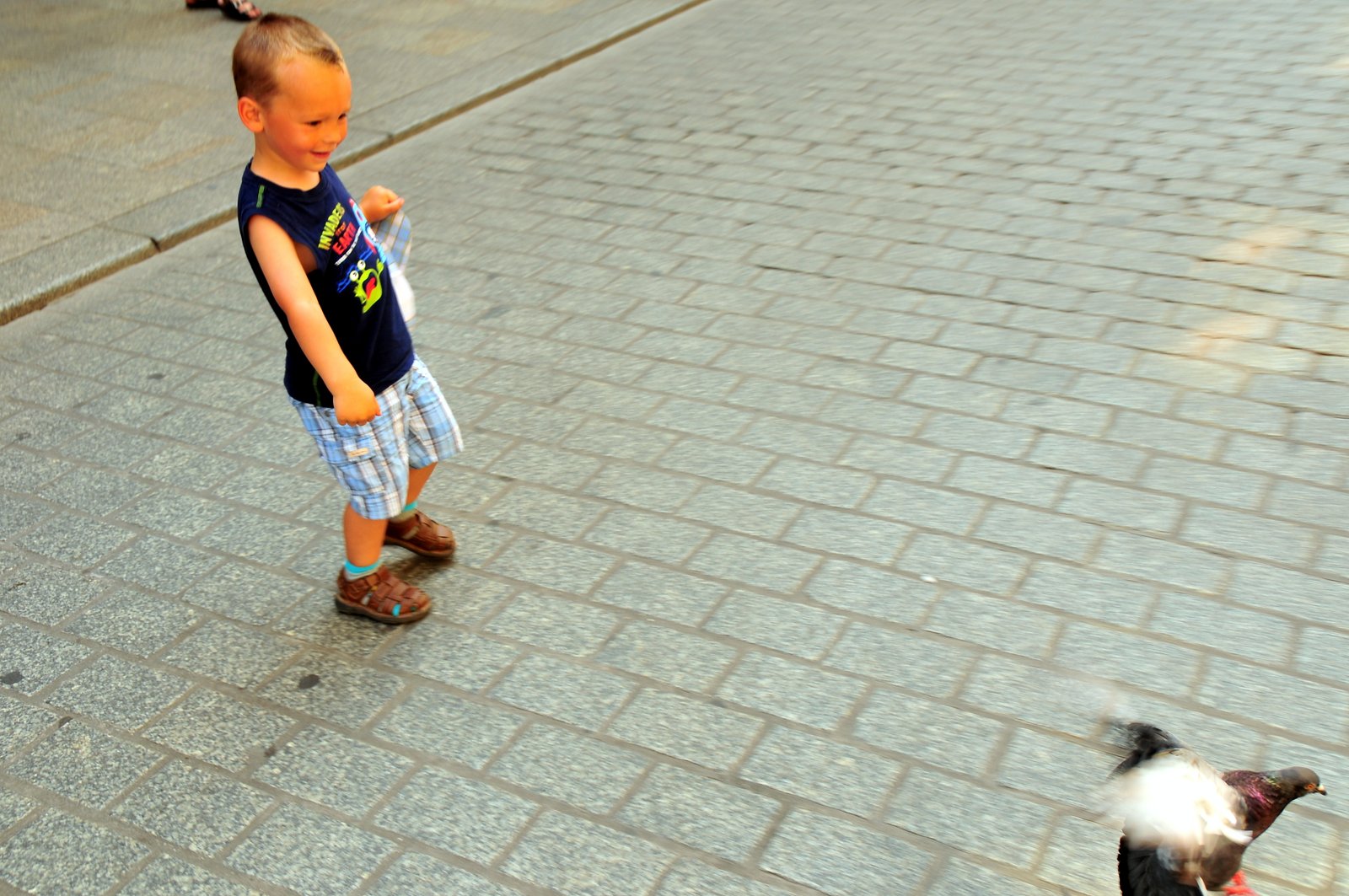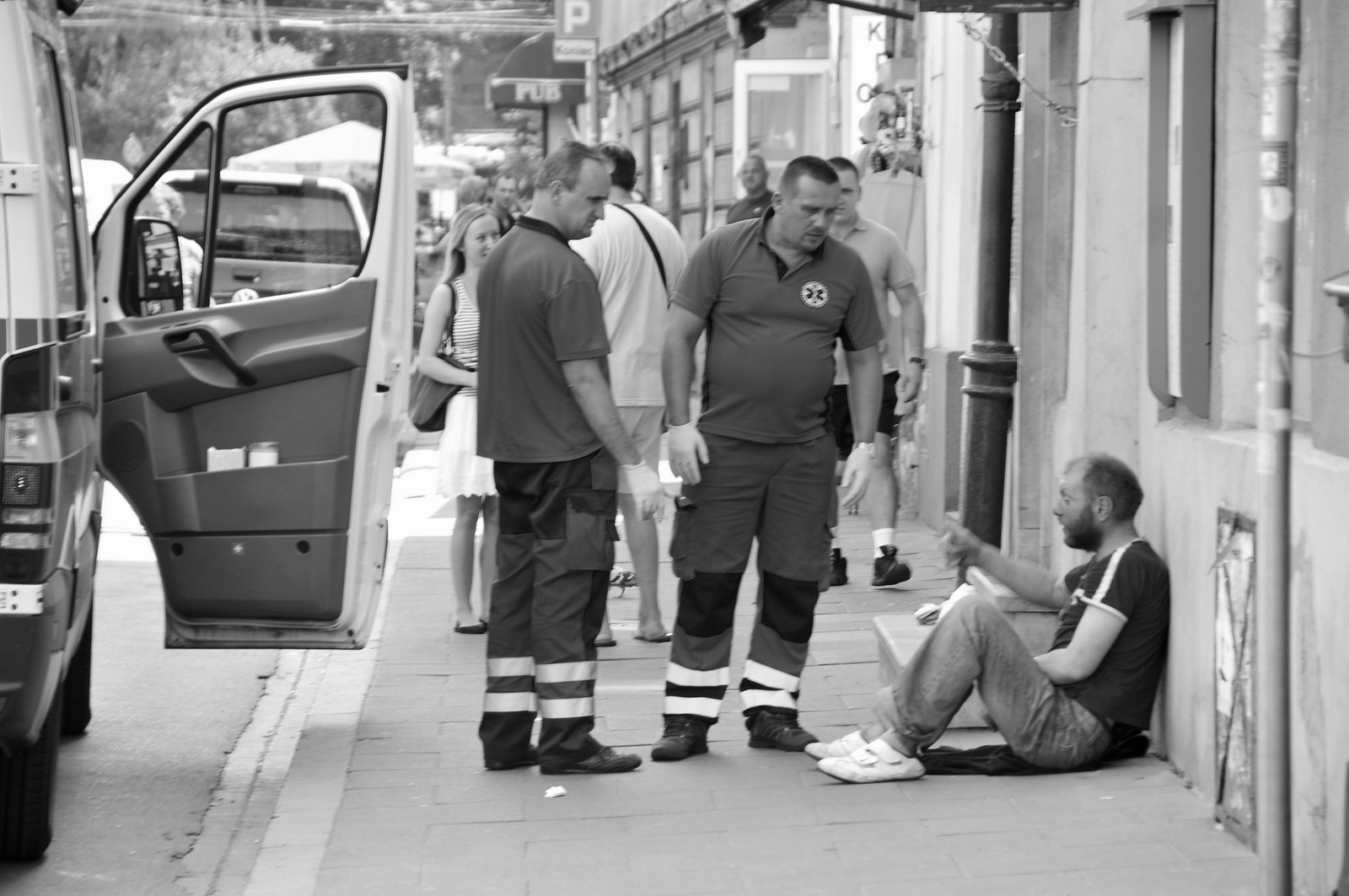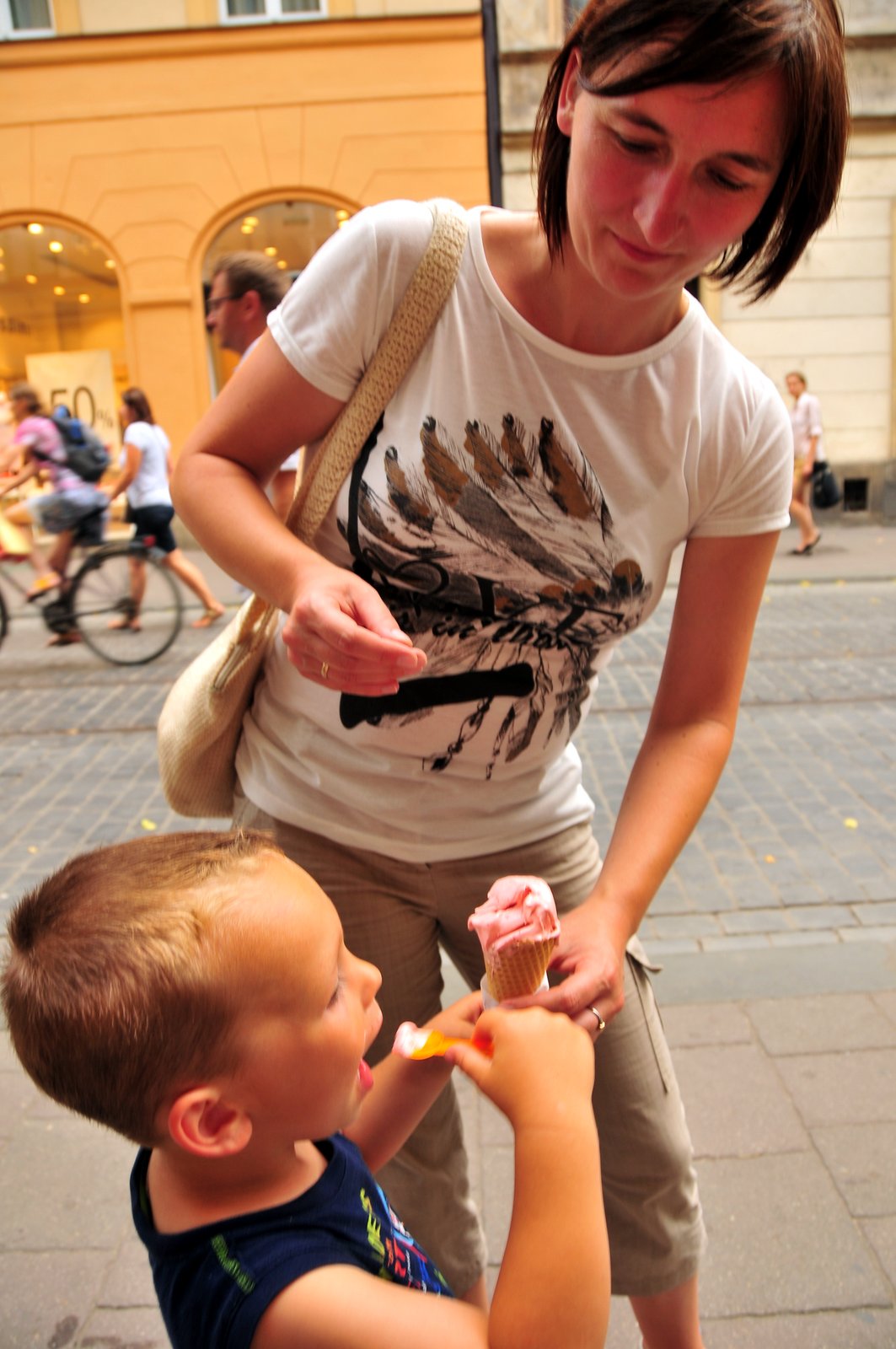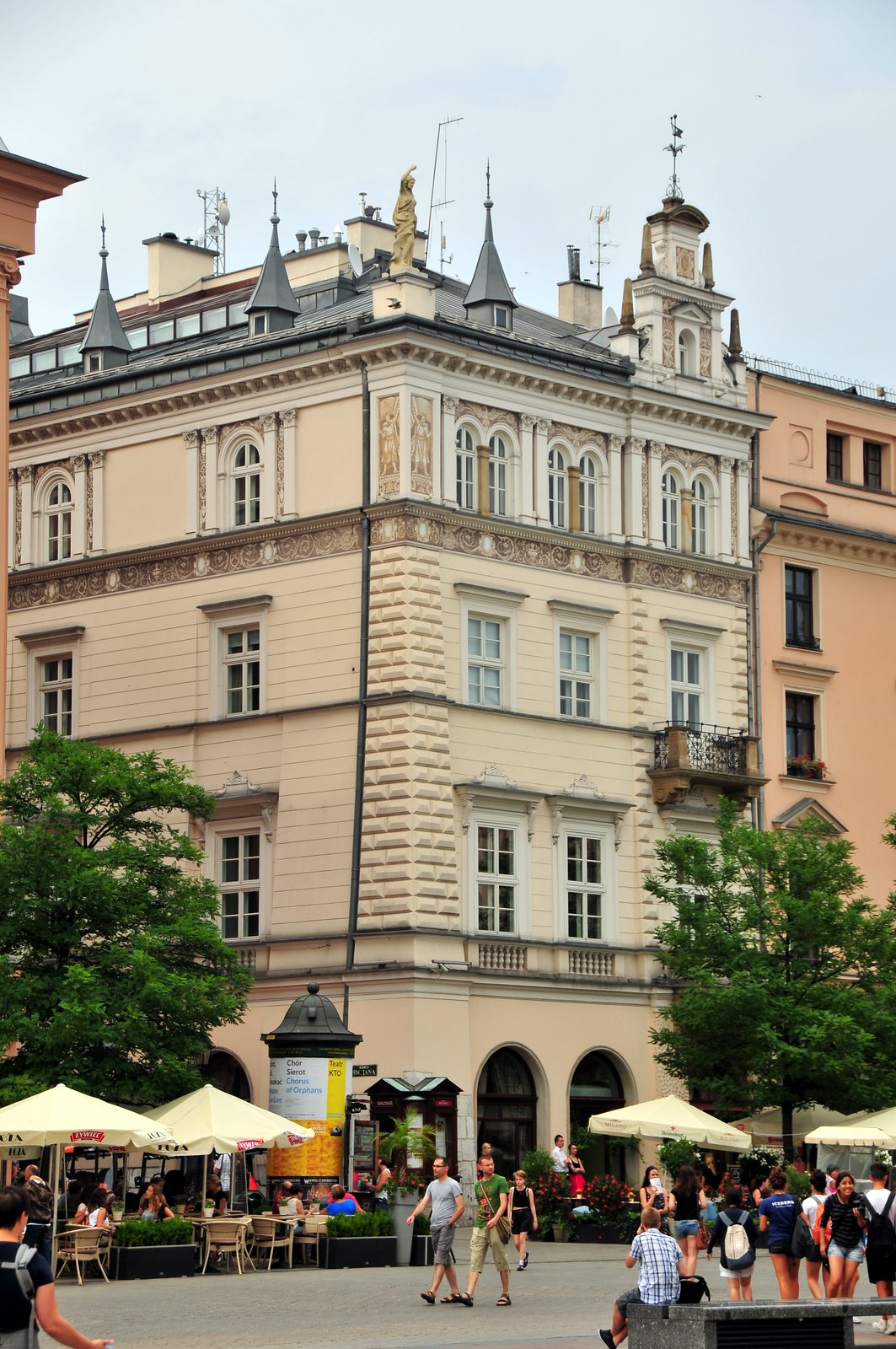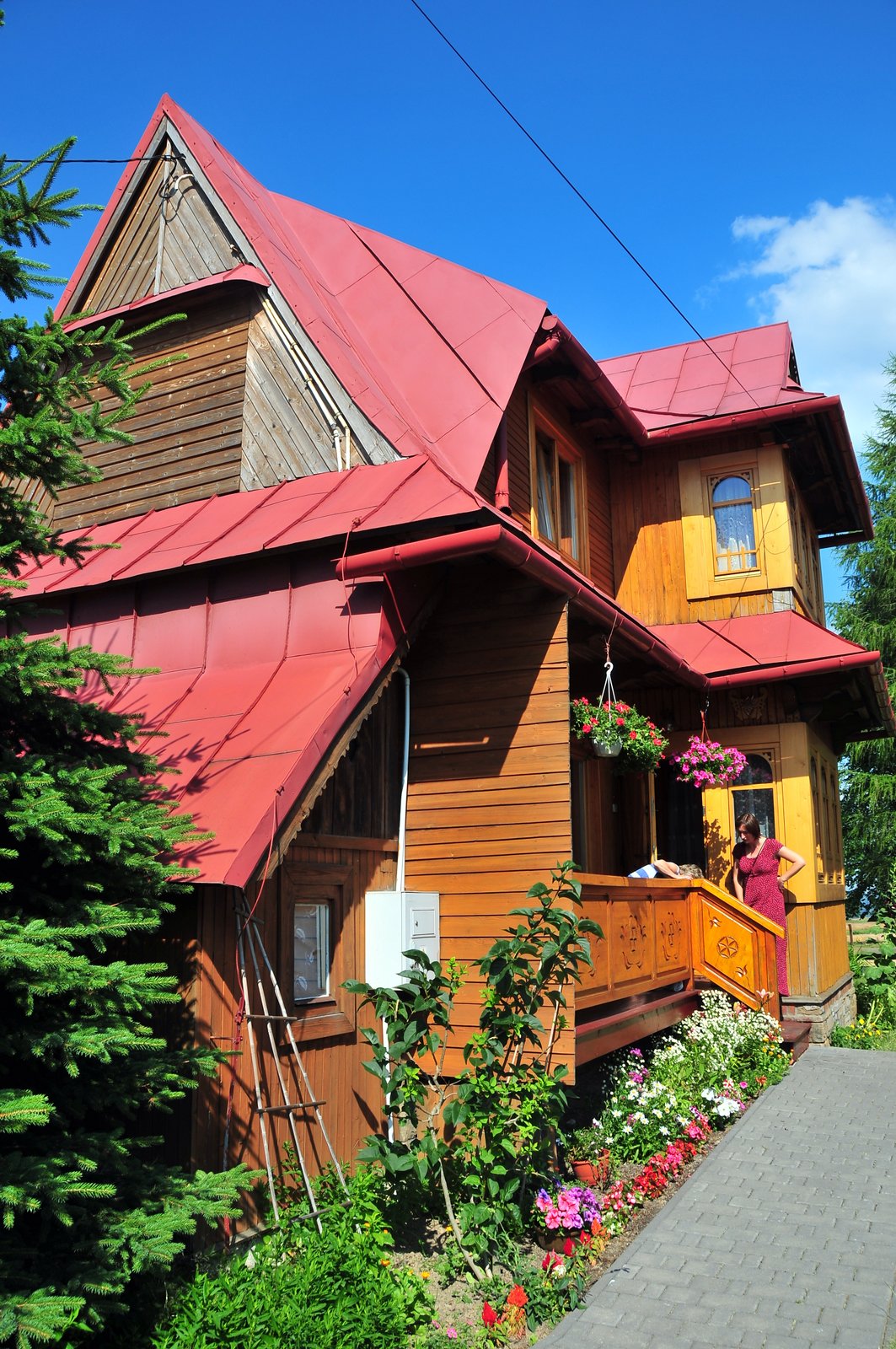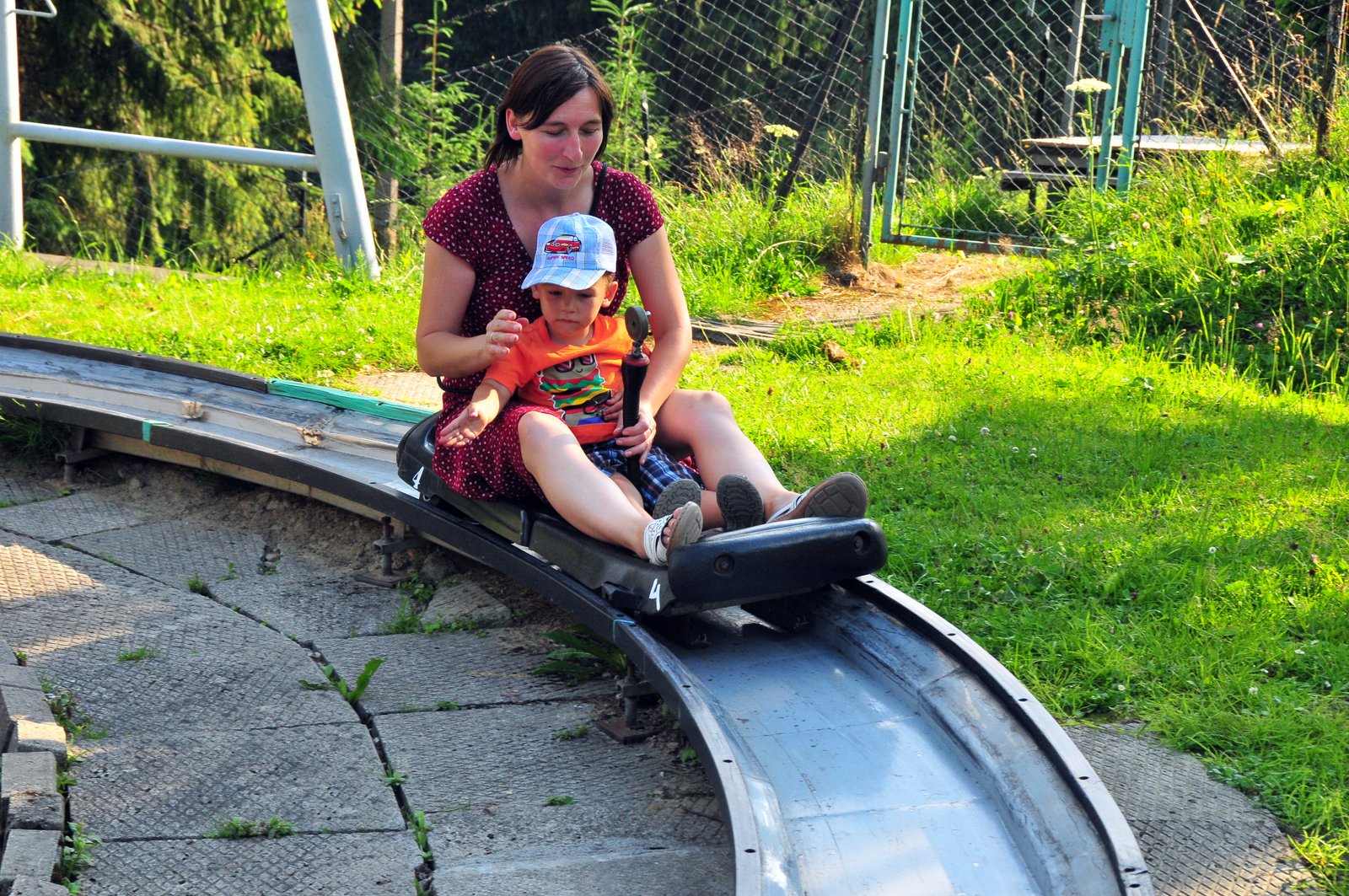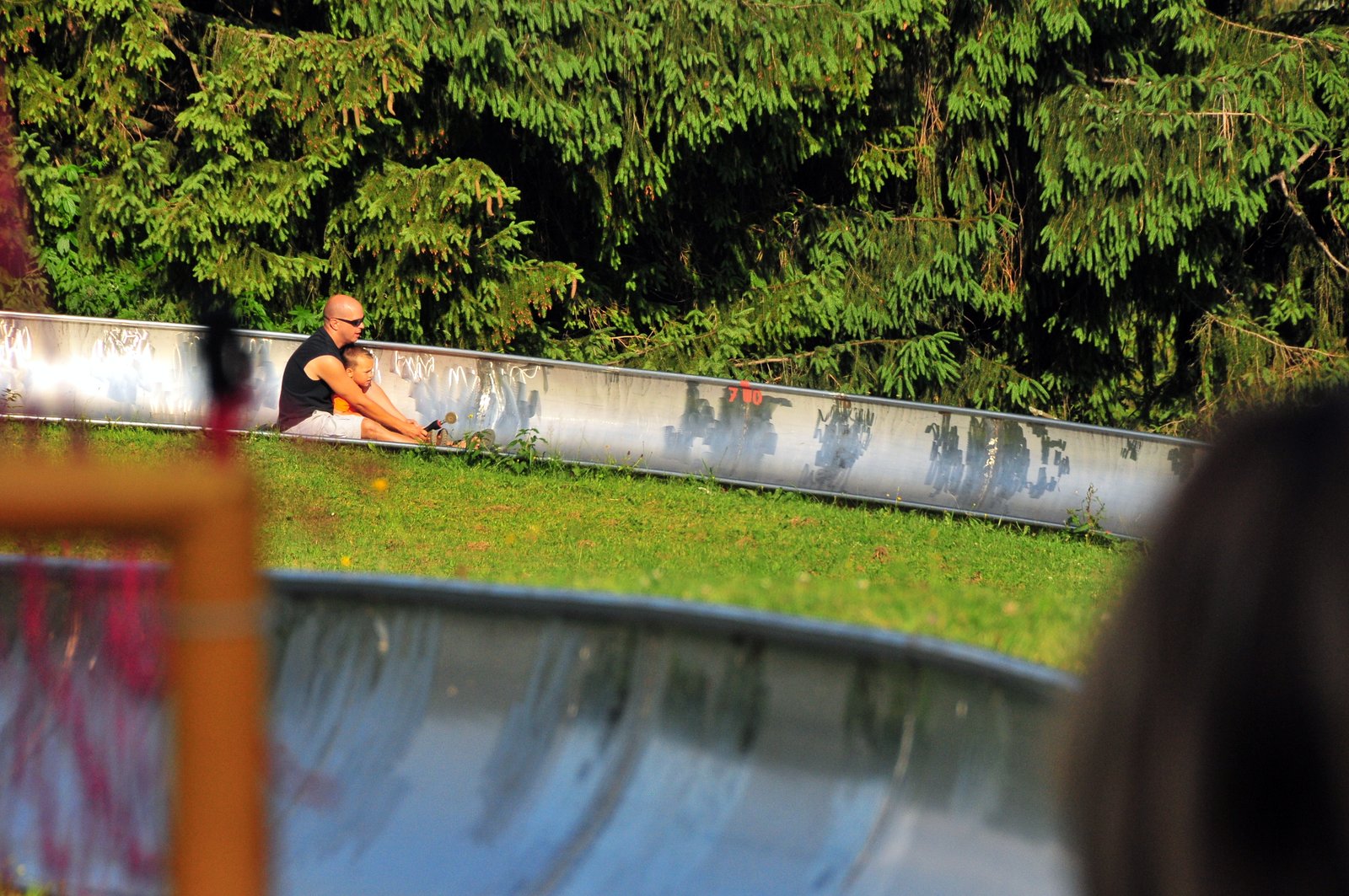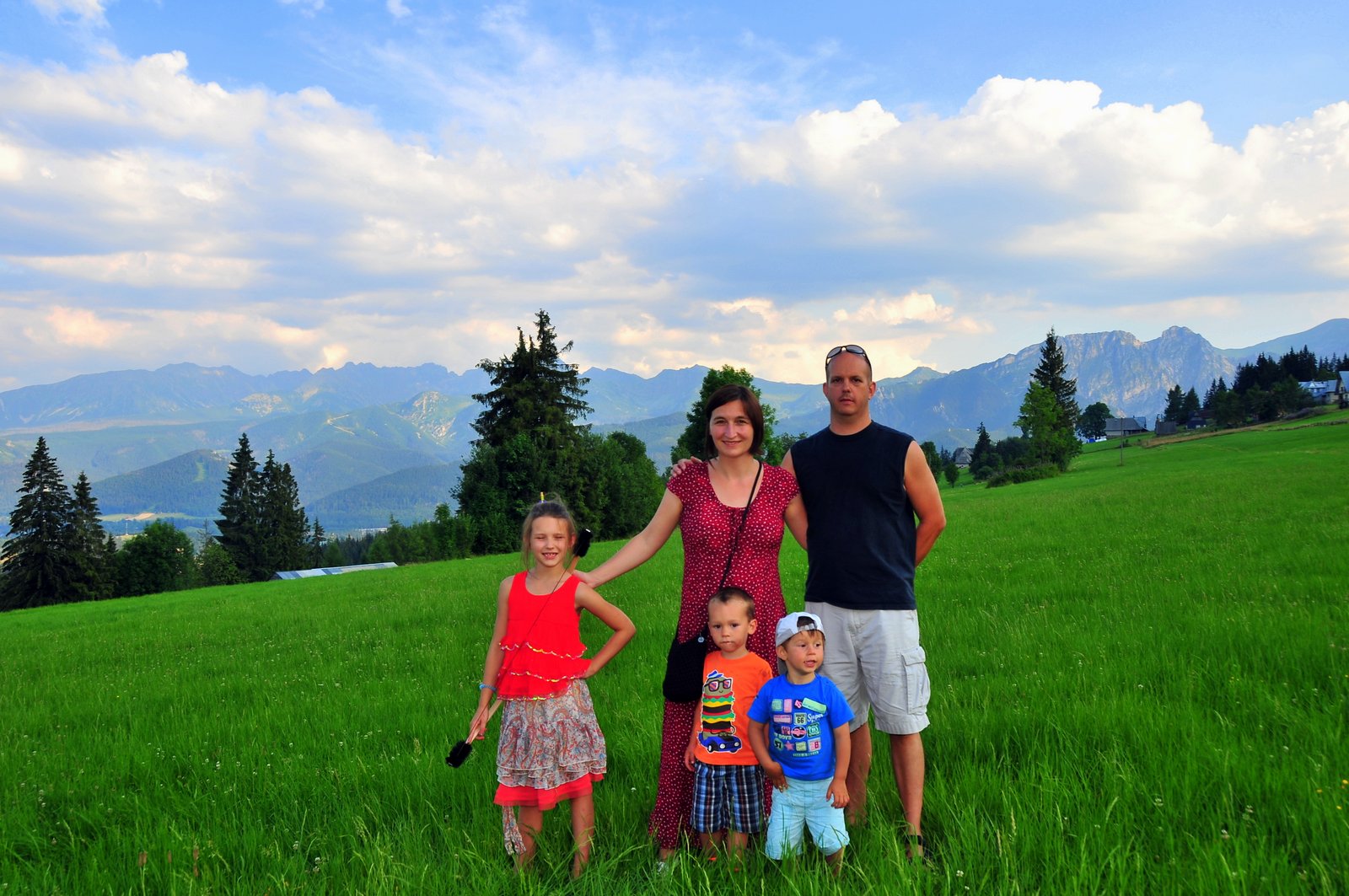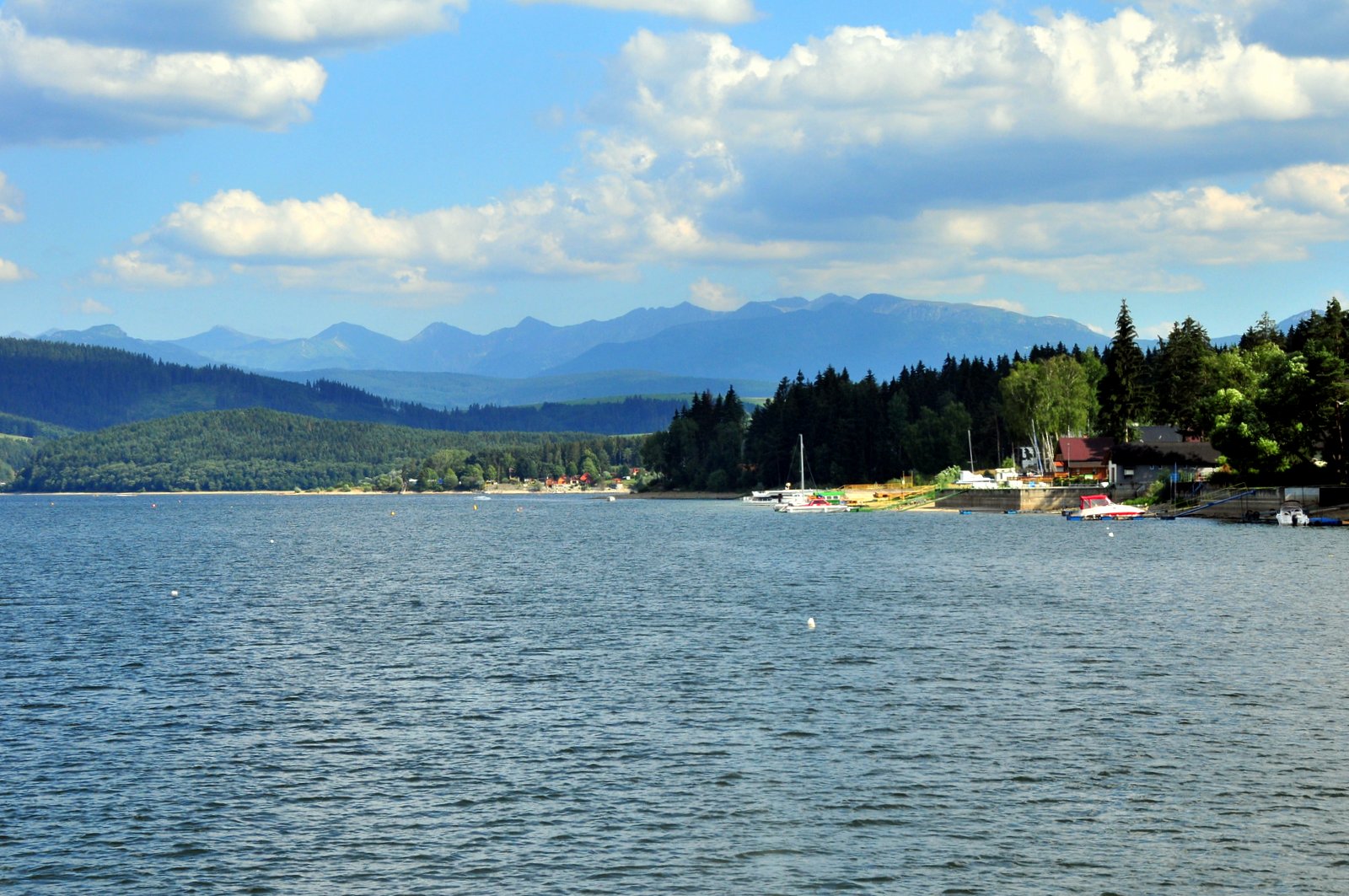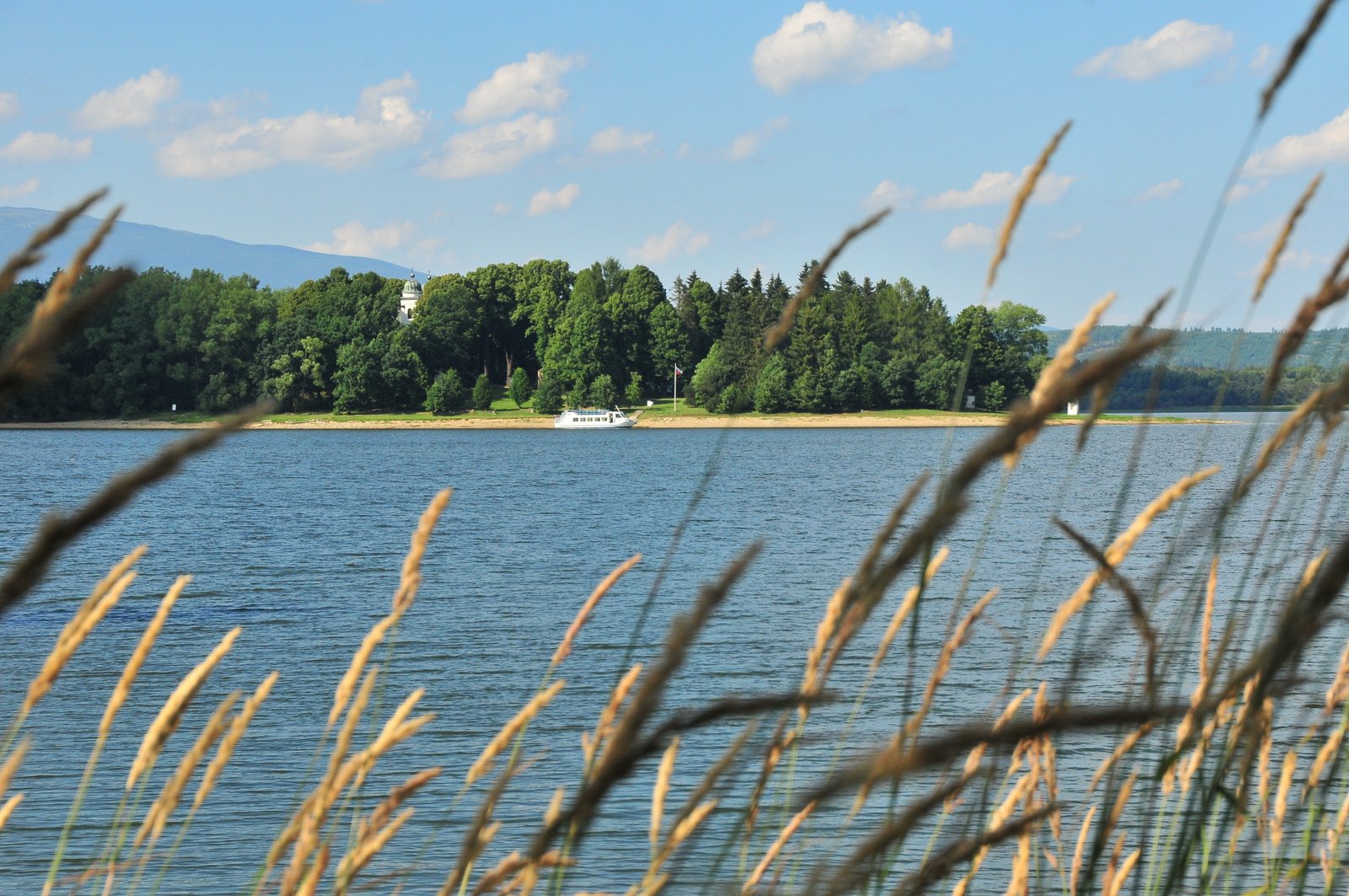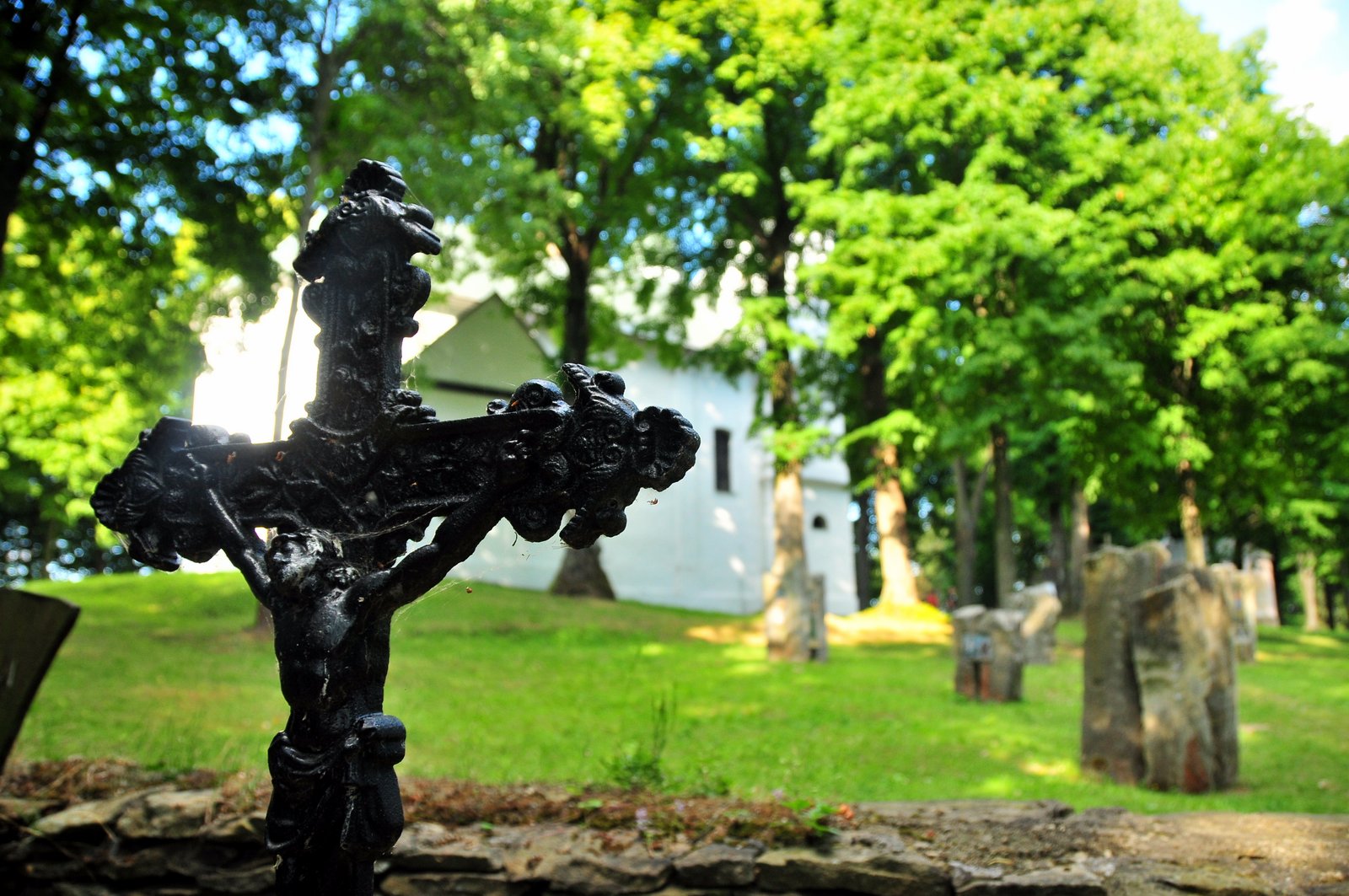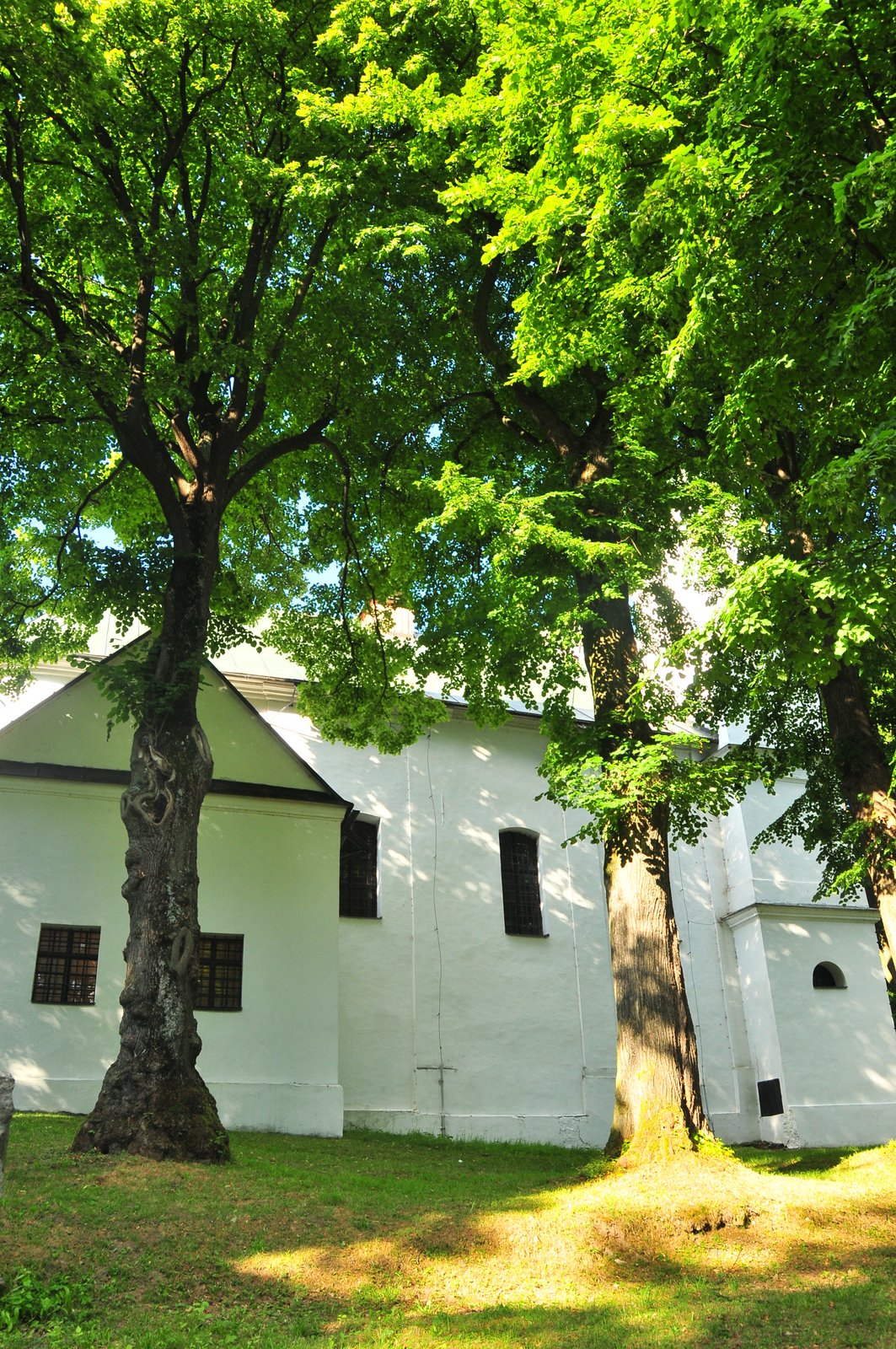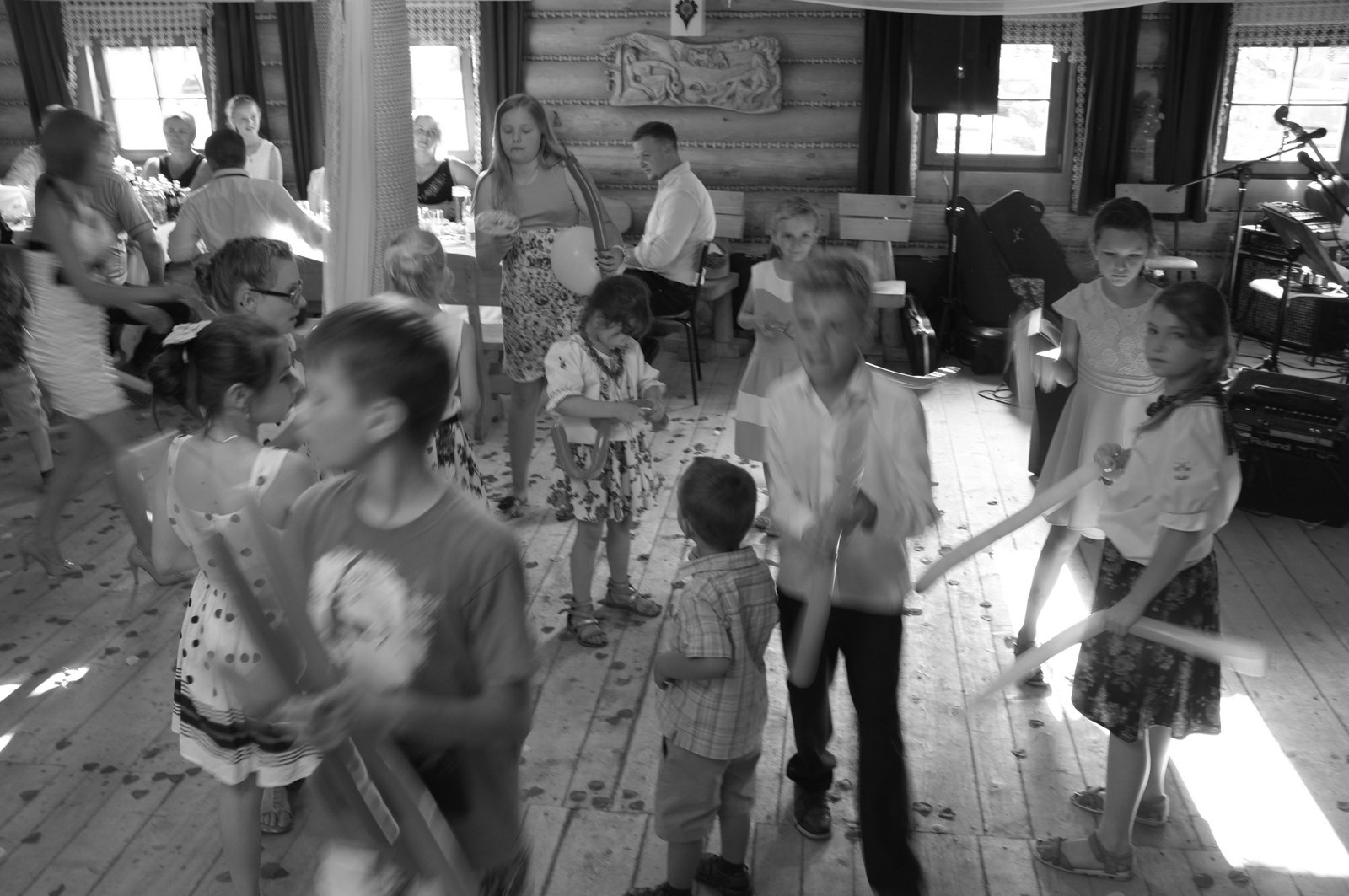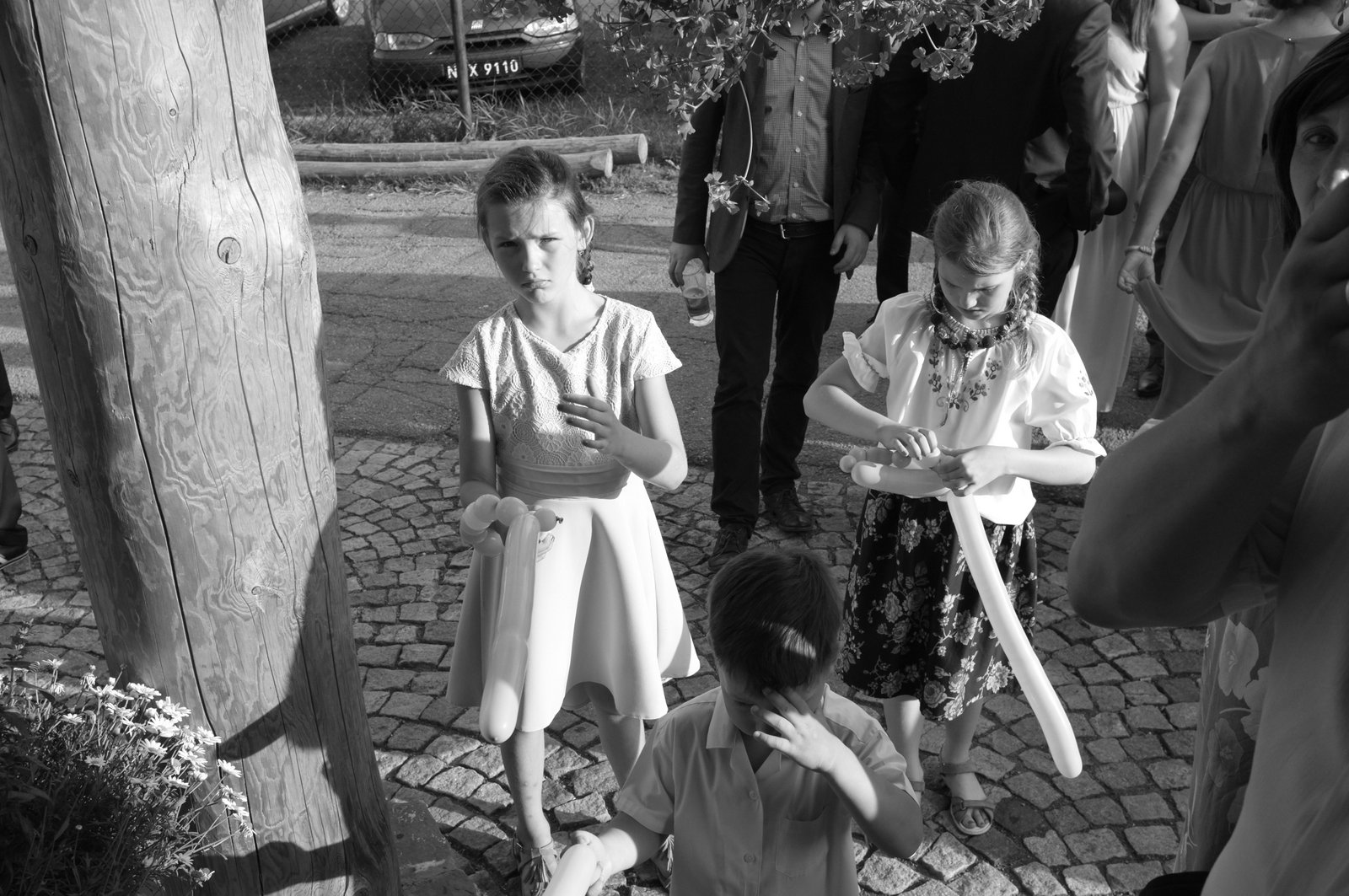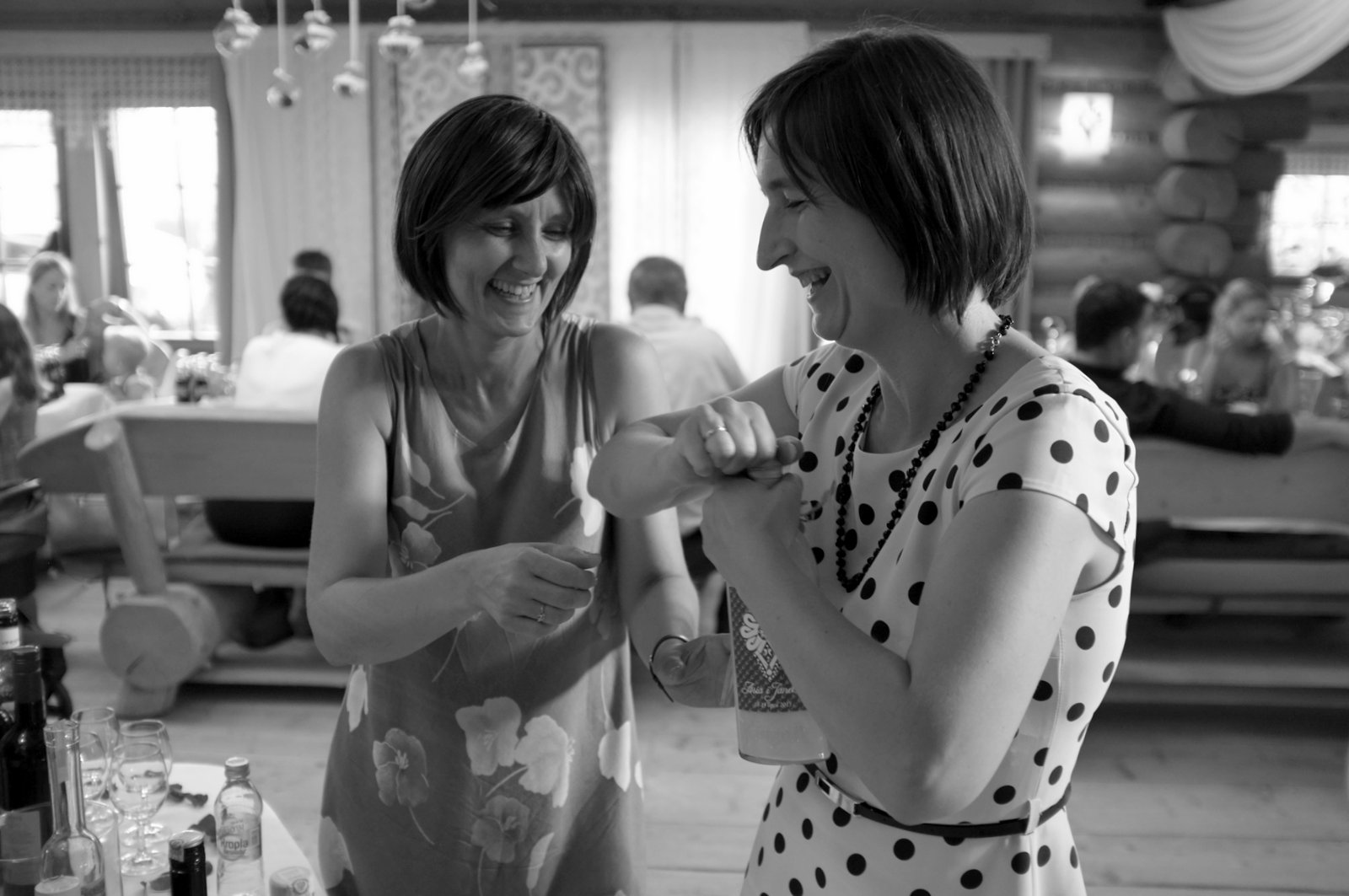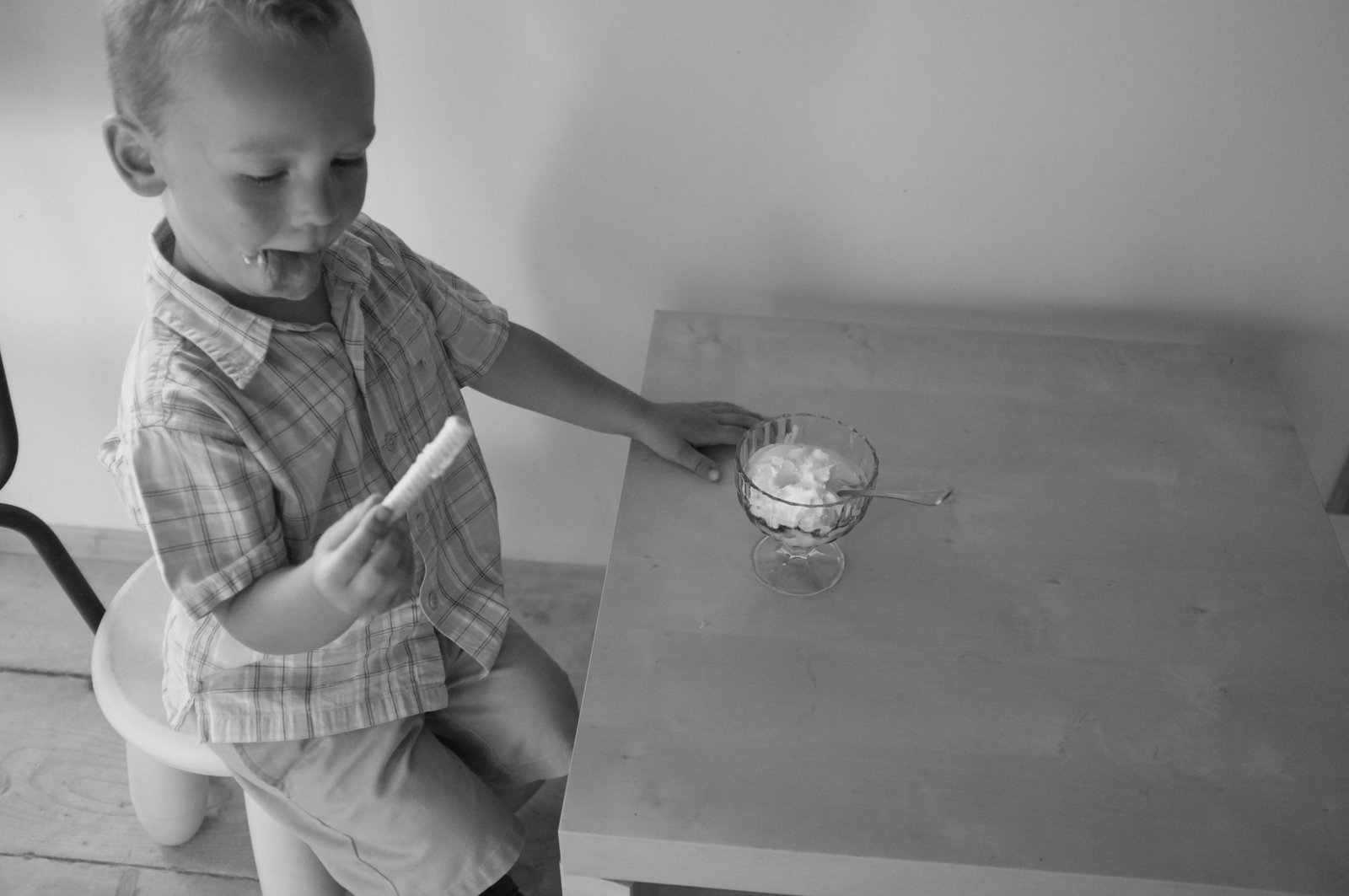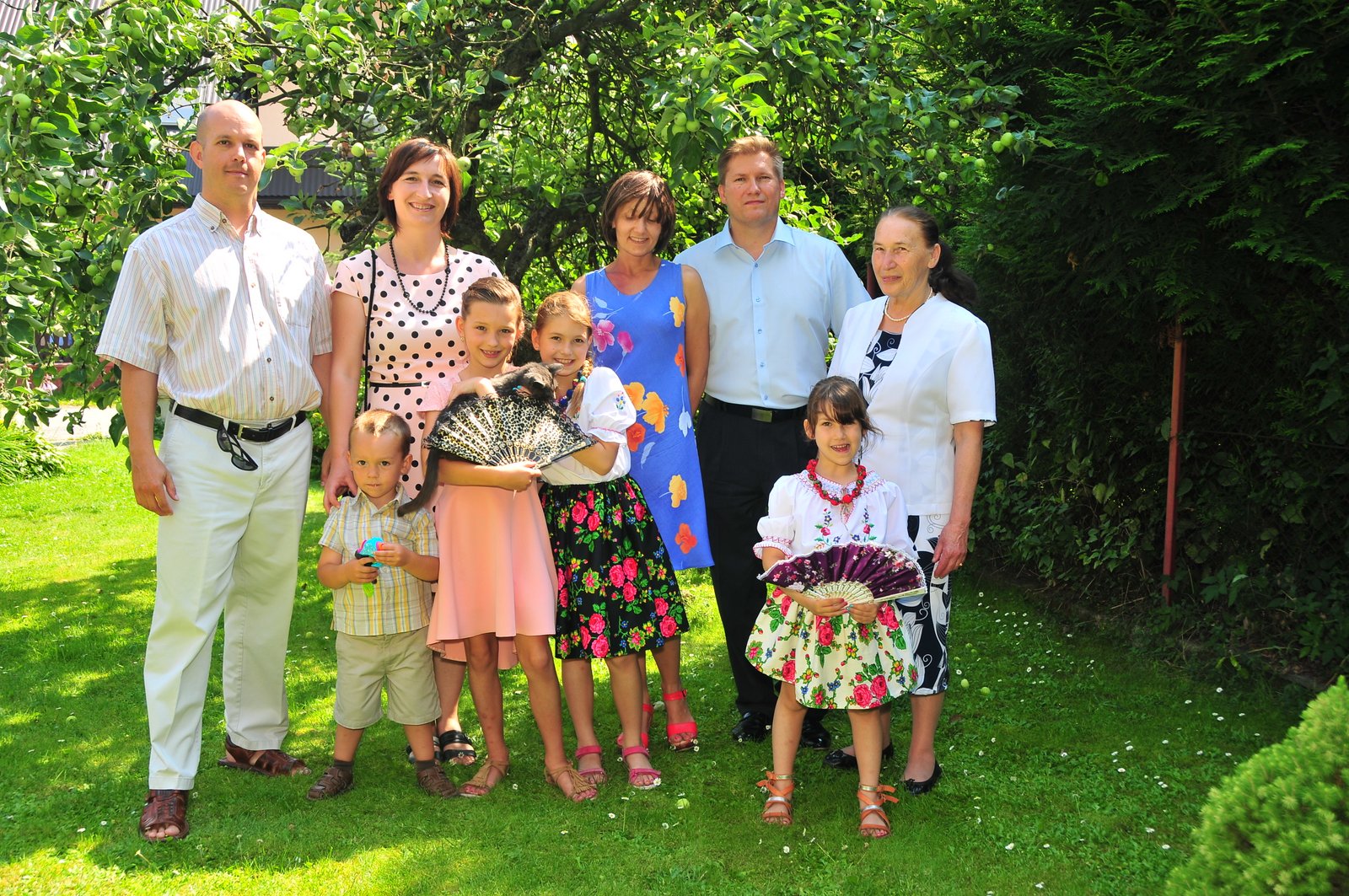Another Day in the Valley
To the Forest
Berries and Soldiers
Approahing Floriańska
As you emerge from the tunnel that passes under the intersection of Westerplatte, Pawia, Baszowa, and Lubicz streets in Krakow, you emerge into a green park that surrounds the old city center. All tourists who arrive from a train or a bus must walk this way, and it’s the logical place for buskers, solicitors, and beggars to line the wide sidewalk and compete for attention. There’s always an accordion player or three along the way, numerous students working for a few extra groszy by handing out fliers, and beggars. One tends to grow accustomed to them all. “Dziękuję,” you learn to say politely and briskly to the students who are near enough that you can’t simply ignore. The buskers merge with the city traffic and the general conversation to form an ignorable element of the soundtrack, unless a given performer is really gifted. And the beggars: they’re everywhere. The conscience hardens, especially when you suspect their motives. (Beginning in the nineties, some younger beggars were more honest, holding placards that simply read “Piwo” with “Beer” possibly scratched underneath for foreigners.)
But some of they get to you.
Last week, as we were walking the kids towards the old city center, we passed by an elderly woman sprawled on the sidewalk, her hands shaking violently and her medicines spread out in front of her.
“Why is she shaking?” L asked.
“She’s sick, honey,” K replied.
We took a few more steps and realized what we’d done.
“Here,” I said, giving L a couple of five-zloty coins. “Go take this to her.”
The Girl grabbed the Boy by the shoulders. “Come on, E,” she said solemnly. They went back and clanked the two coins into the small metal box that held a handful of change. Hopefully, a small, quiet lesson for them.
Birthday Party
Krakow 2015
Helping with Canning
Ząb 2015 Redux
Markowe Szczawiny
We had a few false starts — or at least we had a few situations where the Boy decided he wanted to go on a different trail and had to be convinced to continue on our planned trail.

We had a few situtations where utter exhaustion threatened the whole adventure.

We took a few portraits.

We took a few breaks.

We played a few games, like pretending to be asleep until a little brother approaches, then shouting “Boo!”

And of course we ate a few blueberries, though we knew we probably shouldn’t.

All the same, we somehow made it an incredible distiance, especially for a three-year-old, to the shelter, newly rebuilt, at Markowe Szczawiny.

We hadn’t really checked beforehand, but the distance from the parking lot to the shelter was a whopping eleven kilometers. That’s 6.8 miles. One way. That the Boy made it probably 70% of the way walking on his own is simply incredible.
More incredible even than the views along the way.



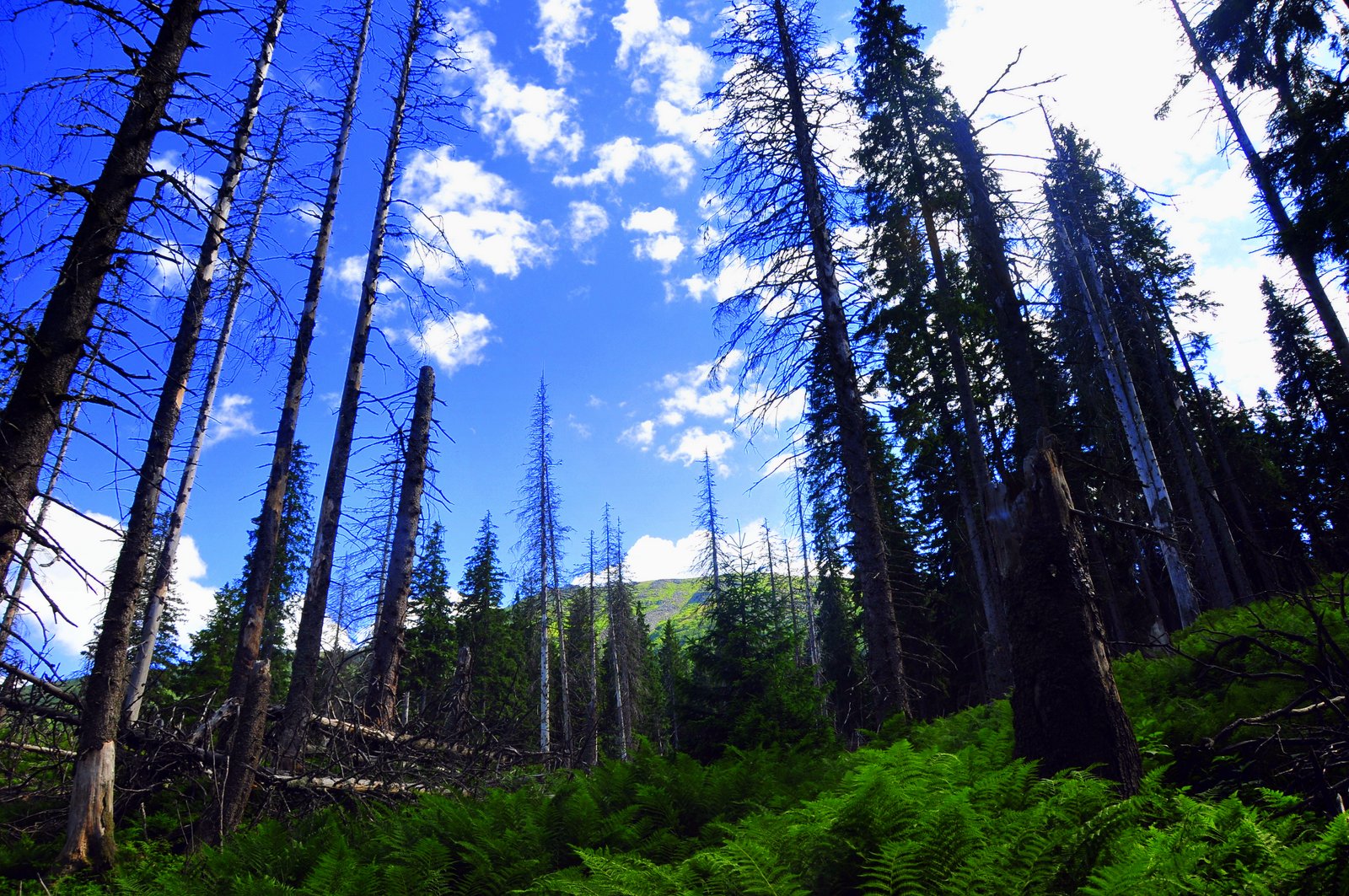



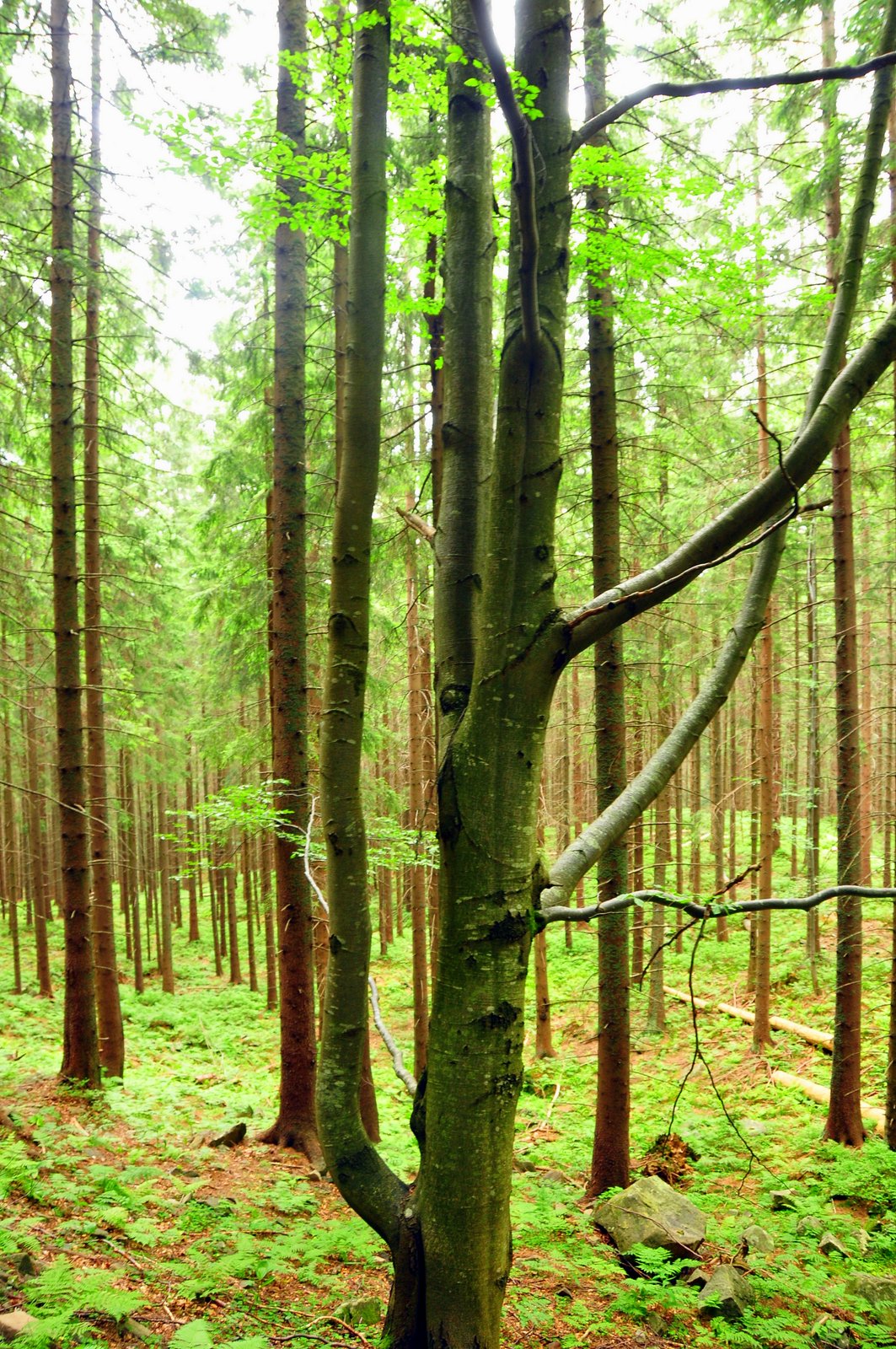



Back to Slovakia
Day Two
Wedding 2015
There is a choreography to a Polish wedding and the party that follows that dictates the what, when, where, and how of almost everything. It’s not necessarily obvious at the first wedding and outsider attends, but once you make it through a few weddings, you know what to expect. They’re really not all that different from weddings in America as a whole, but in a surprisingly ironic twist, it’s just bigger. Everything is bigger. More, more, more: more food, more alcohol, more dancing, more singing, more games with the bride and groom.










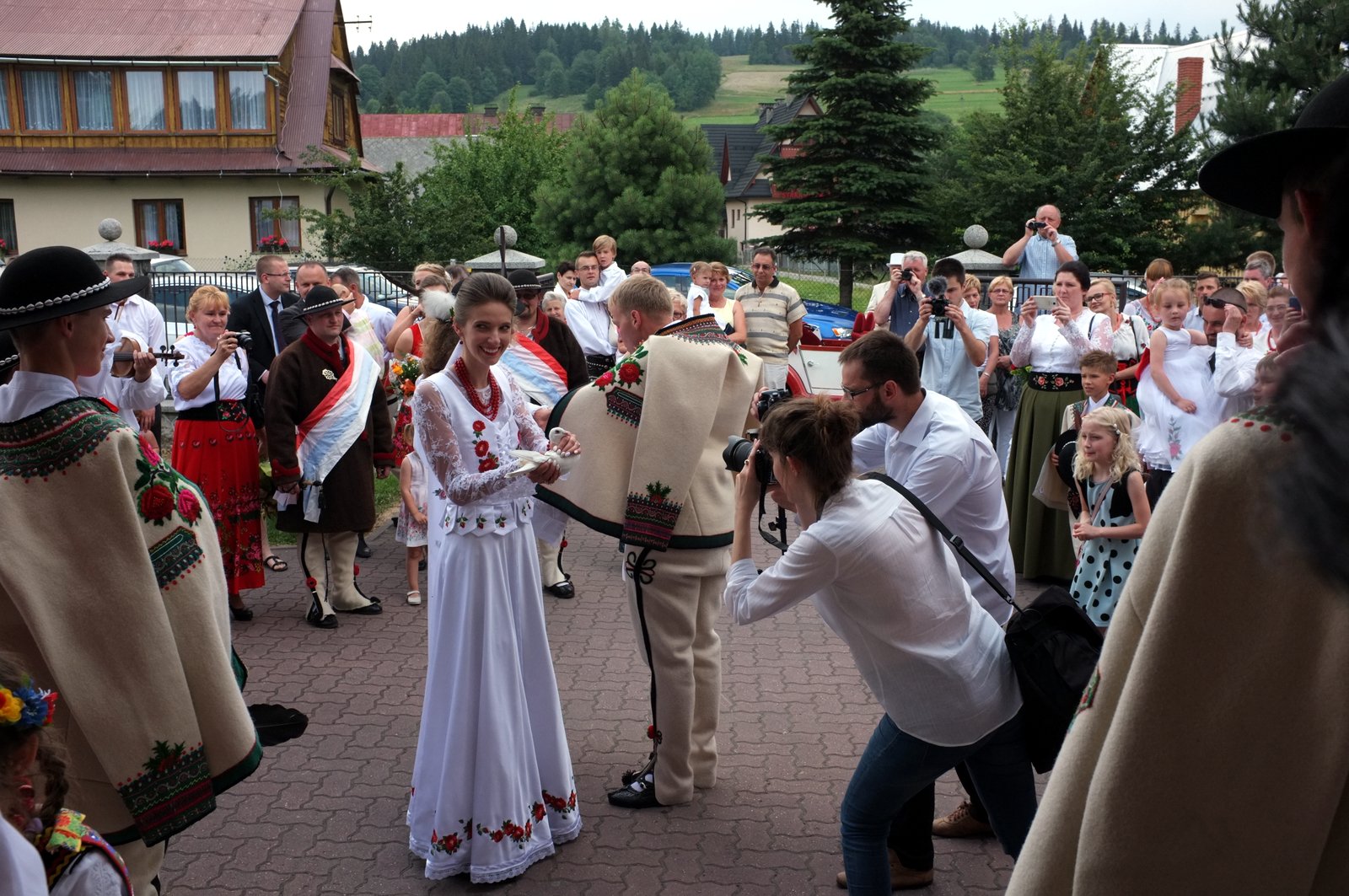


To begin with, there’s the food. It’s everywhere, piled on every table throughout the whole evening. Plates of pickled veggies, cheeses, cold meats, cakes, and bowls of salads cover the tables when guests arrive, and they’re constantly replenished throughout the evening. At the end of each table stand bottles of cola, juice and water, with the center of each table reserved for bottles of alcohol: vodka (obligatory, and in various forms: clear vodka, homemade flavored vodka made with lemons or carmelized sugar, store-bought flavored vodkas — endless vodka), liquours, wines, and more. The groomsmen weave their way among the tables on a regular basis, replacing empty bottles with full from a basket of bottles they carry with them. And that’s not to mention the full meals that are served every four hours or so: plates piled high with two or three meats, some potatoes, two or three salads. Food, food, food; drink, drink, drink. It’s a cornucopia in every sense of the word.



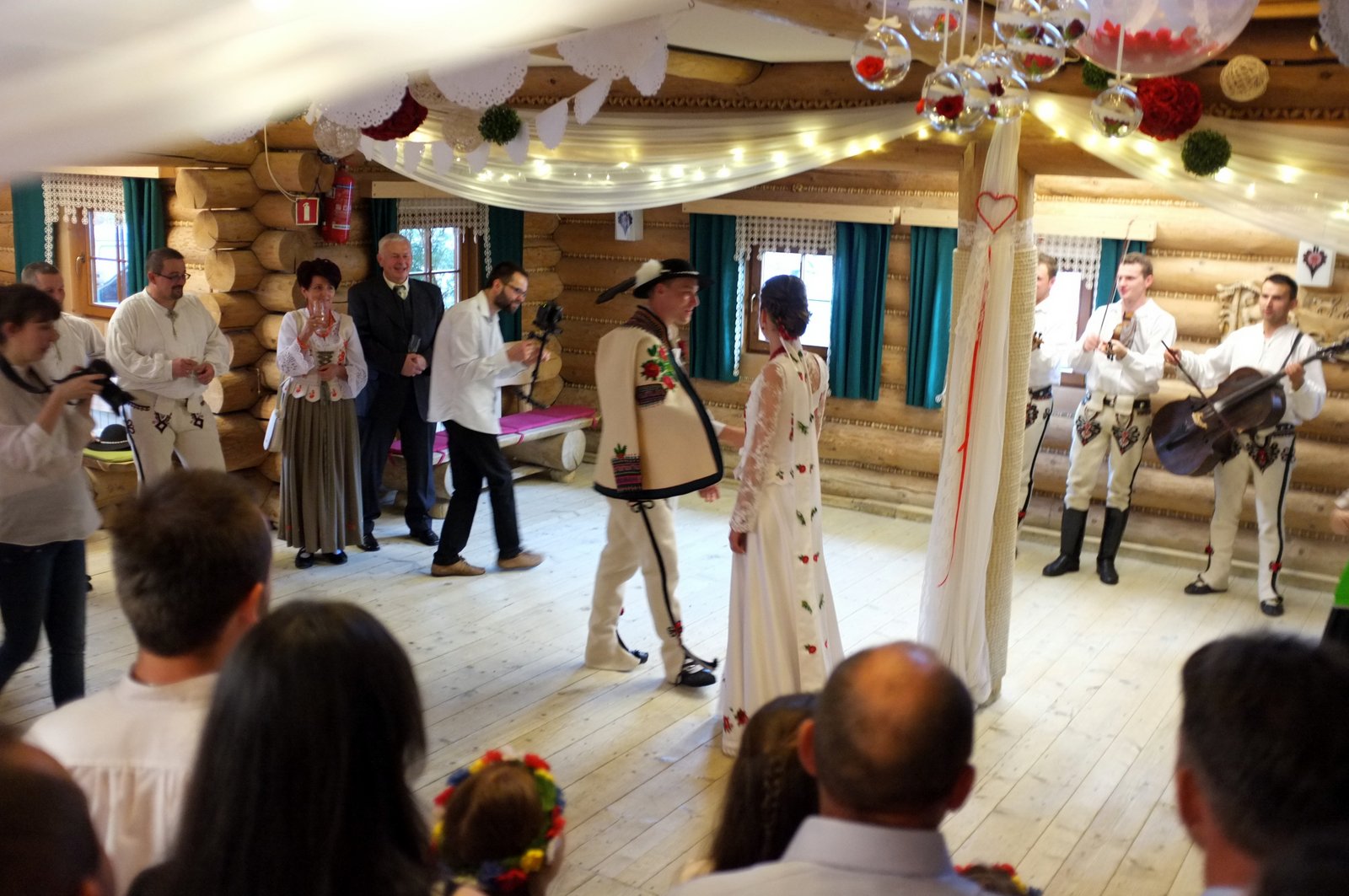






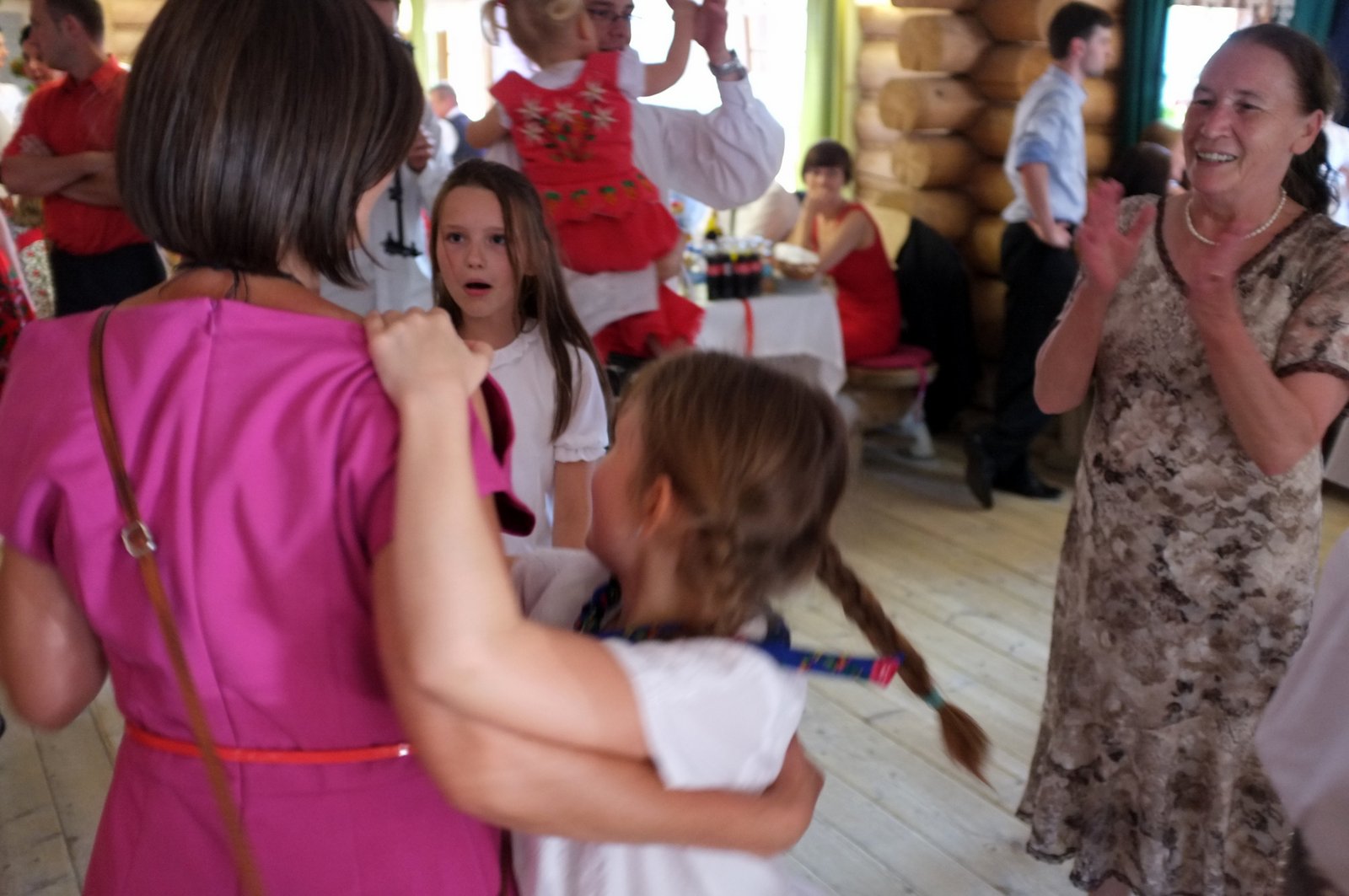



At some point shortly after the first meal, someone will start singing. There are seemingly countless songs that every Pole knows by heart, and soon the entire room is singing in one, loud voice, with occasional harmony added by the more gifted guests. It’s a process that continues throughout the evening. Eat, drink, sing. Eat, drink sing. At our wedding, a guest brought his accordion, but accompaniment is not necessary: these are songs that Poles ingest with their daily potatoes, songs that stick to the bottoms of their shoes like the snow that covers the country through most of the winter.











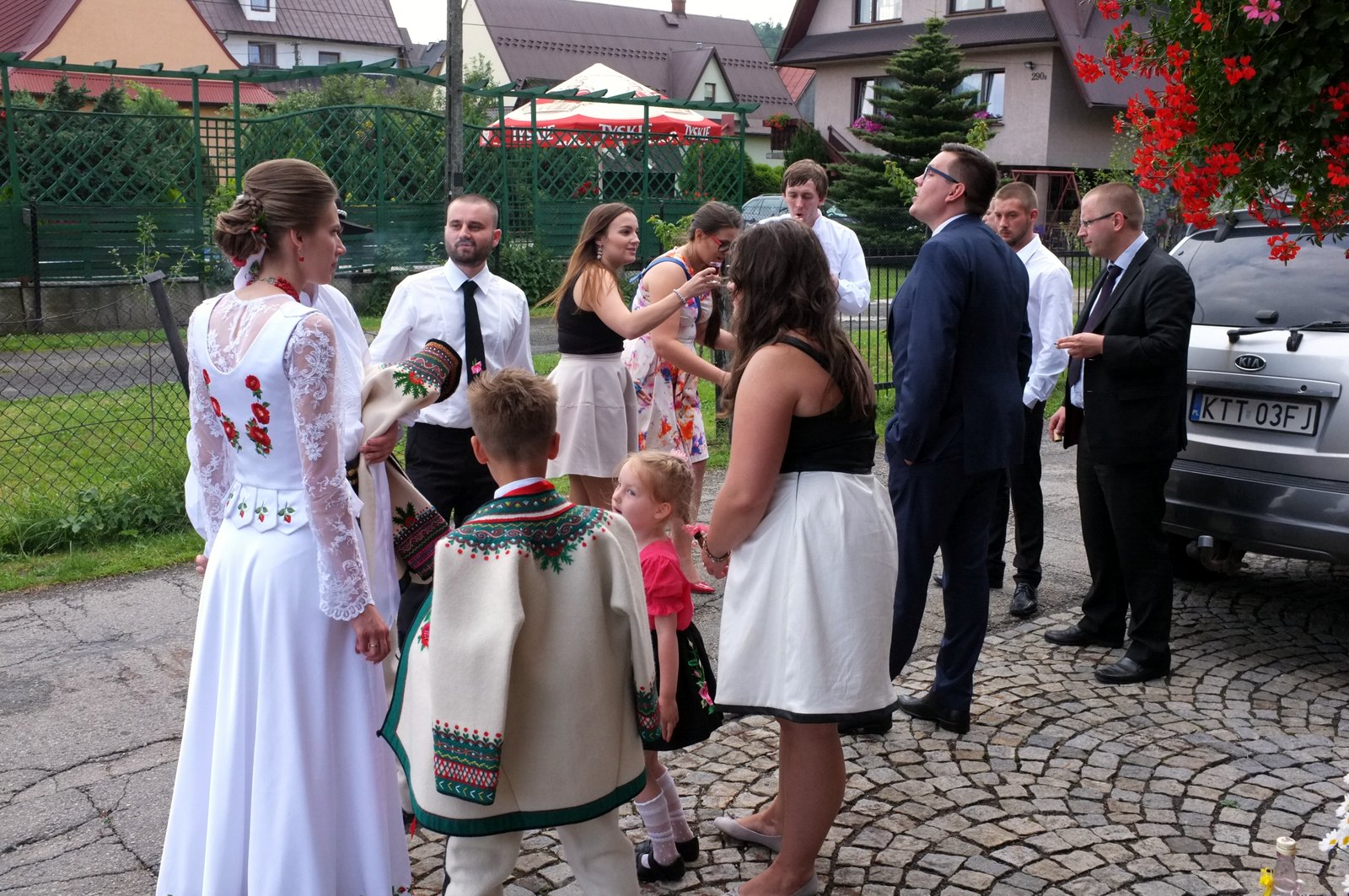

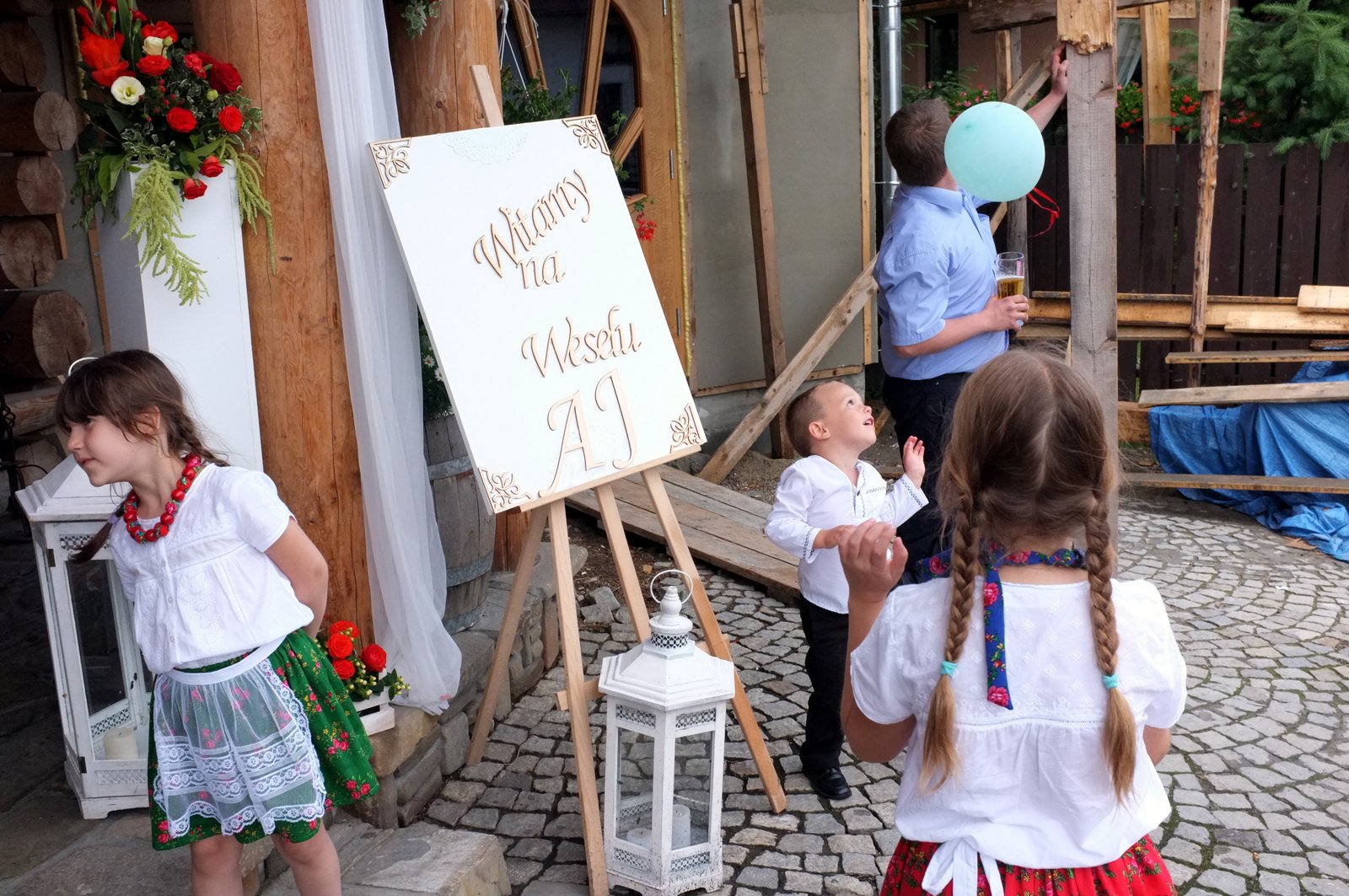
Soon after the first meal and the first songs, the band strikes up for the newlyweds’ first dance. All the guests crowd the dance floor, making a circle around the smiling couple, occasionally joining hands if there’s enough room and moving around the dancing pair with swaying hands. And then come the first calls of Gorszko! Gorszko! A single repeated word that needs a pair of sentences for translation: “It’s bitter in here! Make it sweet with a kiss!” At this point, someone brings the couple two glasses of champaigne, which they drink and toss the empty glasses over their shoulders to the floor. Someone else brings a broom and dustpan, and the groom is to clean up the mess. Sometimes it’s likely that it might be the only time the groom does so, but the gender division of housework seems slowly to be changing.

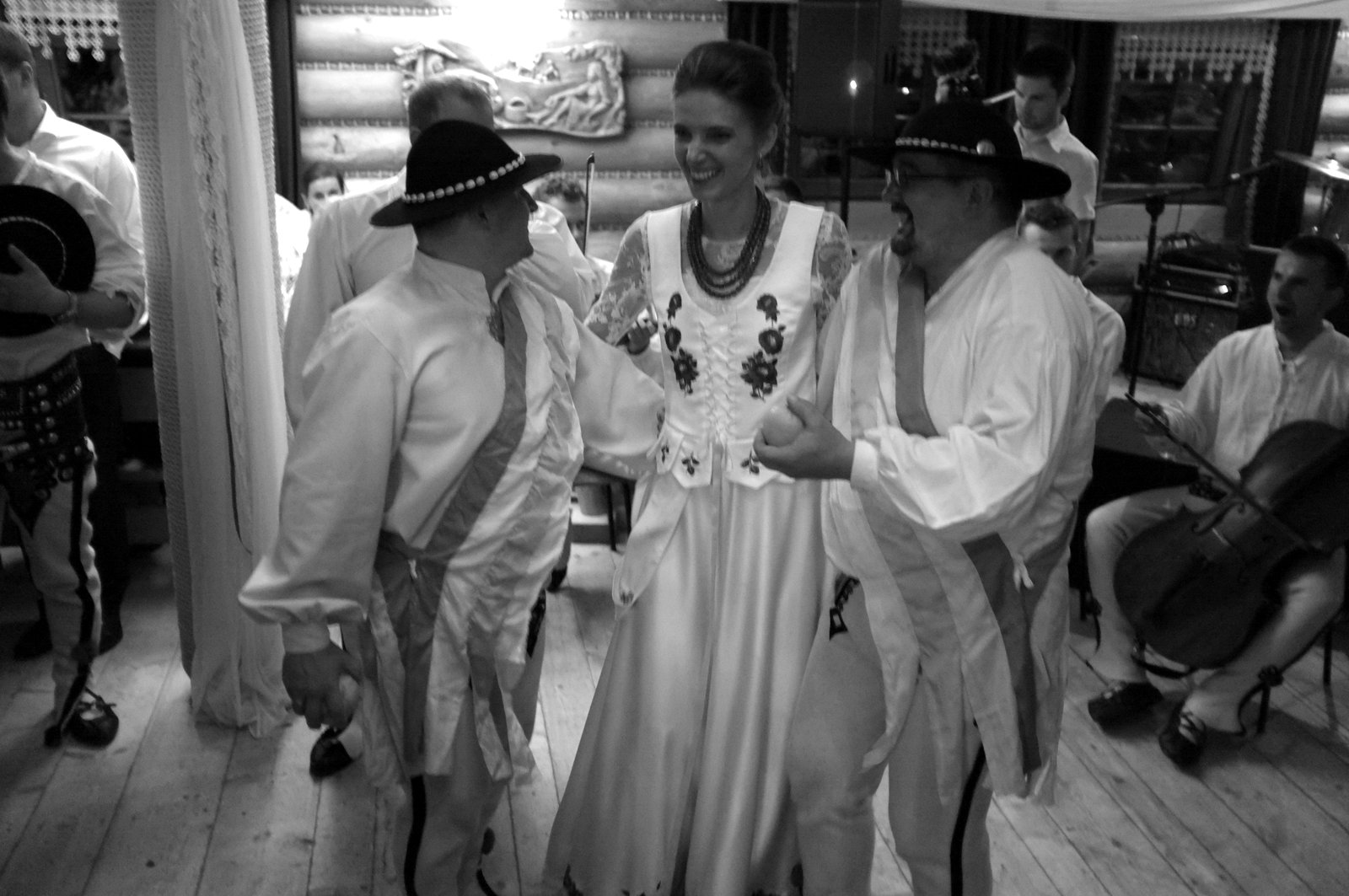





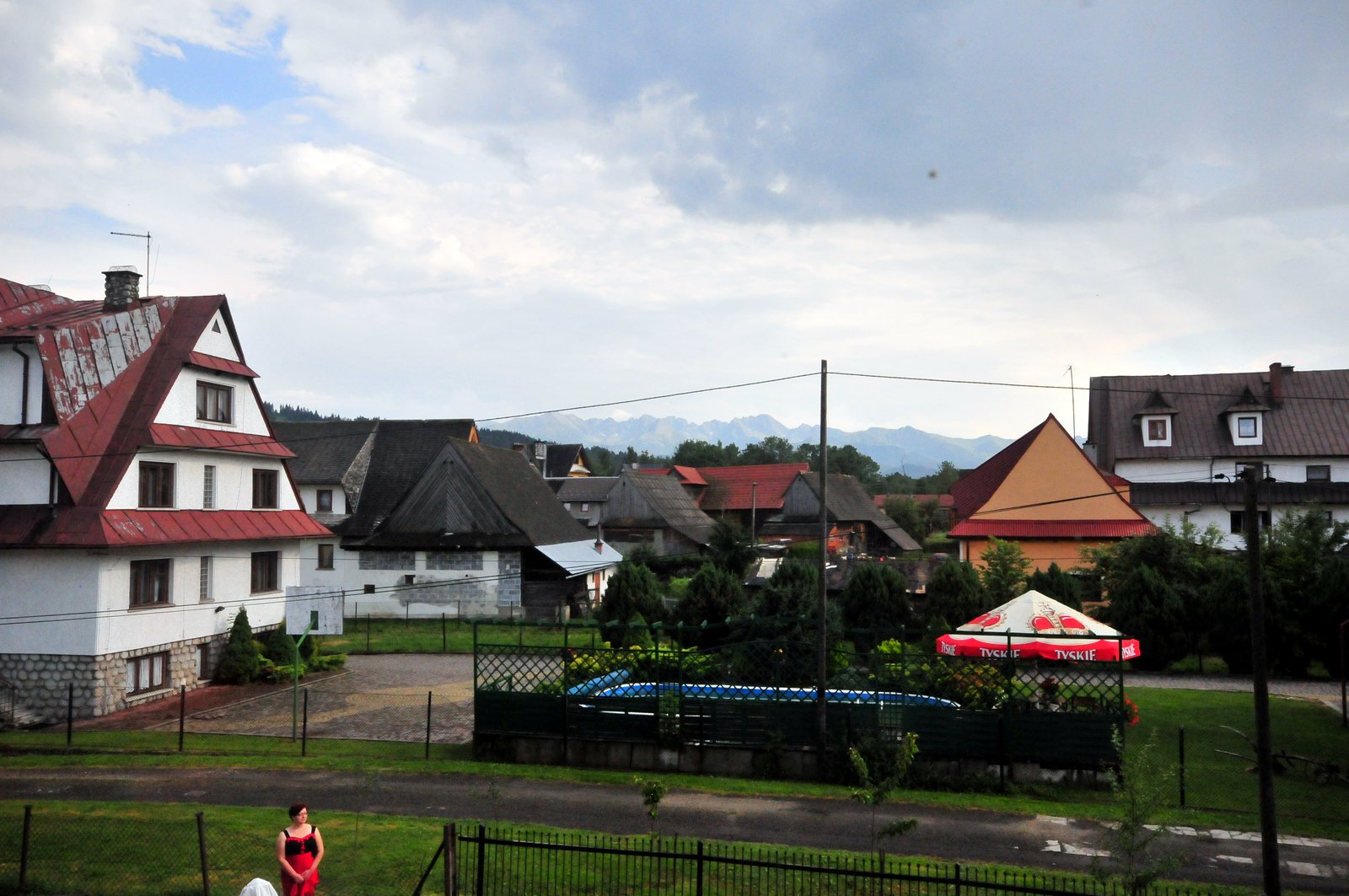
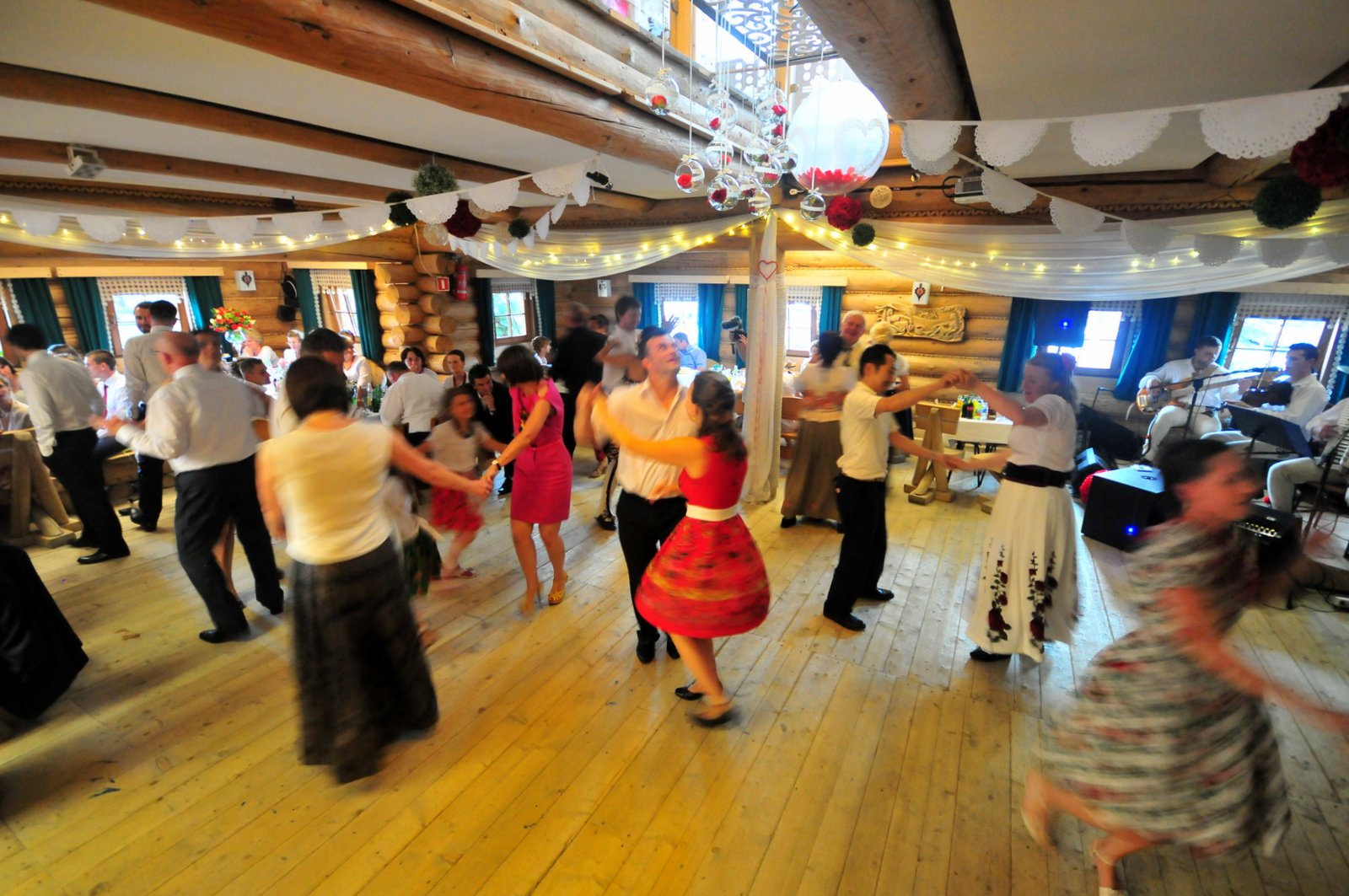










And throughout the evening, thus it continues: eat, drink, be silly, dance, sing, repeat. If it’s a wedding in the highlands of southern Poland, there is even more choreography. At some point some four or five hours into the wedding, the guests gather on the dance floor for the ocepiny. Two of the grooms take the bride between them and refuse to give her over until their demands are met. These demands come in the form of a song that is often made up on the spot. A second group, called essentially “the old ladies,” reply with their own song in response to the grooms’ song, bringing some kind of gift that humorously fulfills the grooms’ request. And so it goes, back and forth, back and forth, for some time until it’s time for the “solos” — a man stands before the band (now a traditional highlander group consisting of one or two violins, a viola, and a cello to provide the bass), sings the first bit of a song he wants, then takes the bride for a turn around the dance floor. More gifts, more songs, more singing, and it goes on and on, an hour, an hour and a half.








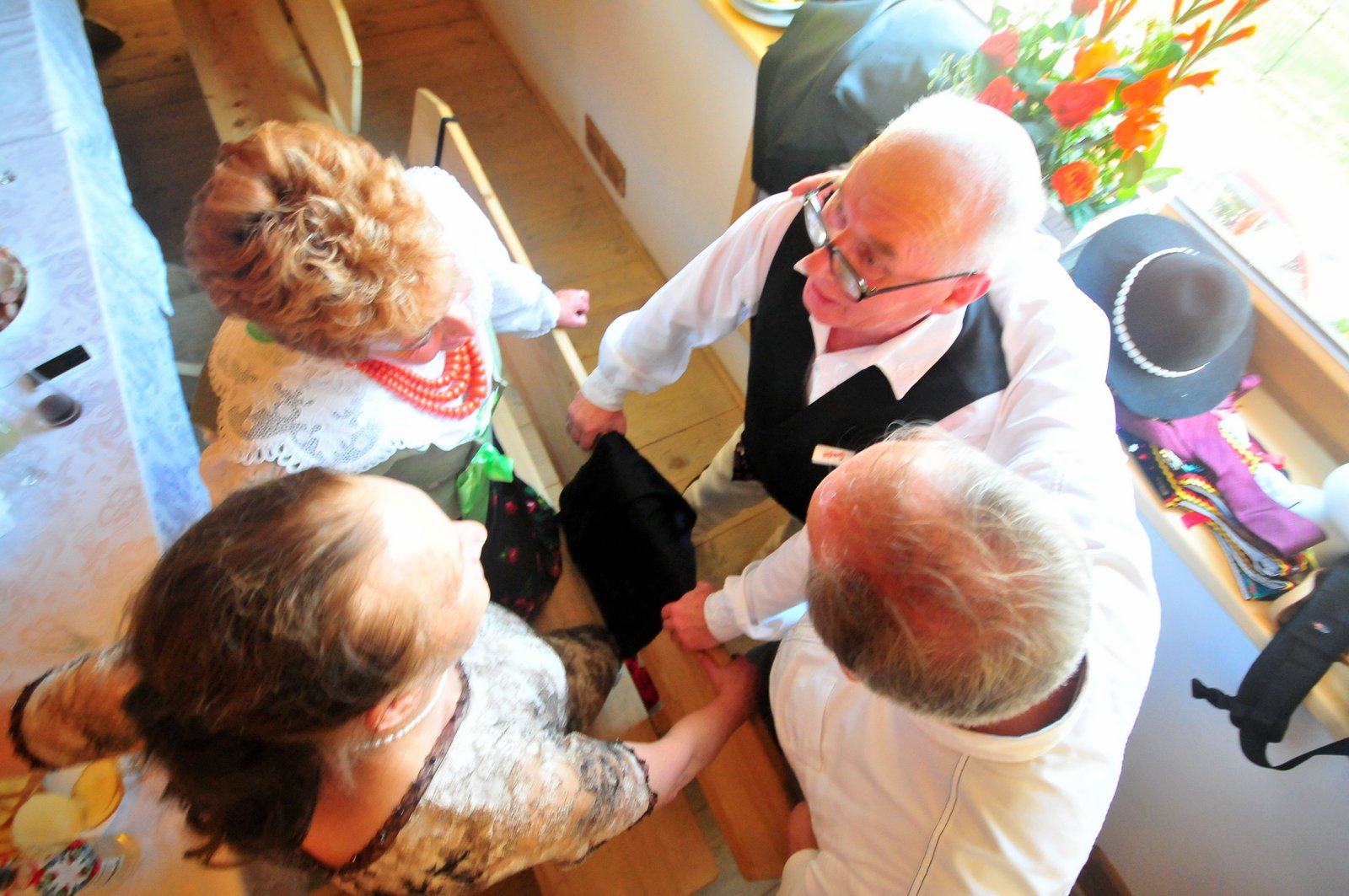


And this all seems to combine to from a good definition of culture: a choreography that insiders seem to perform without thinking while outsiders look for the pattern. That was part of the joy of living in Poland for so long: looking for, noticing, and then learning those patterns, eventually even taking part in many of them. It’s the process of moving from the outside to the inside that makes living abroad so enlightening, for not only do you learn about your new home’s culture but you also notice things about your own culture than you never noticed before as you compare the two. Sometimes the things you notice about your own culture aren’t so very pleasant, but often having that second pattern makes the first more clear.
Legs
There’s a big difference between 100 km and 10 km, but when I began riding again a couple of months ago, there didn’t seem to be much of a difference between the two as far as my legs were concerned.
So when I took off this morning on a favorite ride, a ride I’d done seemingly countless times, I knew the ride, at a distance more than double the longest “ride” I’d gone on in the last few weeks, would be tough on me.

But the ride through Lipnica Mała to the base of Babia Góra then through the whole of Lipncia was a favorite. More than once I’d headed out for a quick ride after a day of teaching with no real idea where I was going and ended up making this loop.

With the views it was an obvious choice. Today, though, it was just as much the views along the way that fascinated me. While Jabłonka has really developed a lot, the villages of Lipnica Wielka and Lipnica Mała are relatively untouched. There are a few more houses, and some of the older houses have been renovated, but by and large, the villages look the same.

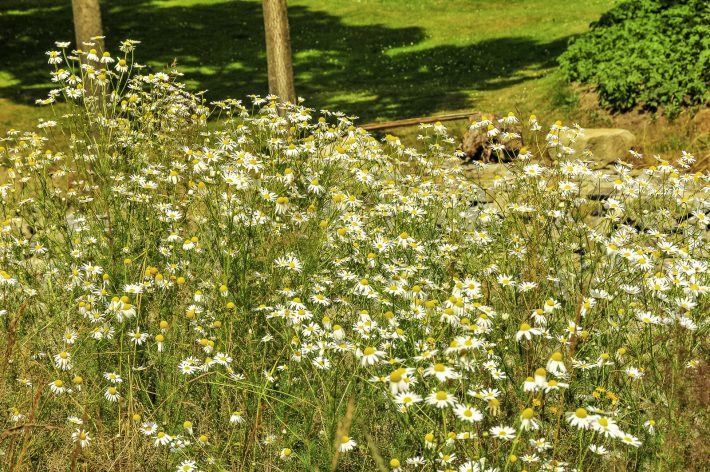
One other change became evident when I reached the end of Lipnica Mała: the formerly deeply-rutted road from the end of the village to the roughly-paved road that runs along the base of Babia was now a well-paved little street.

Of course, the forest itself hadn’t changed, nor had the sound of the wind through the trees, which sounded almost tidal.

Once I got to the base of Babia, though, I virtually forgot about the camera as I made my way up the most challenging portion of the ride.

It was at this point that I really understood, in a deeply muscular way, that my legs are nothing like they used to be.

The worst part of it is the memory, knowing that those climbs used to be no problem at all for me. I was winded at the top of several of the climbs, but I didn’t have to stop to catch my breath and give my burning legs a chance cool down. I didn’t stop and comment aloud to myself about the stupidity of the whole idea of tackling such a ride when so completely unprepared.

But somehow I survived, ate some lunch, and took the Boy out to help wash the car before tomorrow’s wedding.
More Climbing
Kajtek has been feeling a little out of sorts. Somehow he’s gotten injured — maybe a fight, maybe something more innocent, maybe something less. Today, he finally came out of his hiding place, and E was thrilled and went to comfort him. Afterward, a bit of digging — he built a swimming pool in Babcia’s onion bed, and he goes back from time to time to make sure it’s still useable.




In the afternoon, we returned to Wypasiona Dolina, the line park just outside Zubrzyca. E has been begging to return almost every day, and so we met some friends with their kids and let the kids go crazy.






The kids weren’t the only ones who went crazy. K decided it was finally time to try a line park adventure. After some training, she began on the course. Sadly, though, her forearms began giving out long before the end of the course, and before she completed it, we had to call for help. I wasn’t going to memoralize the picture, but as she was being rescued, she laughed, “Take a picture!”





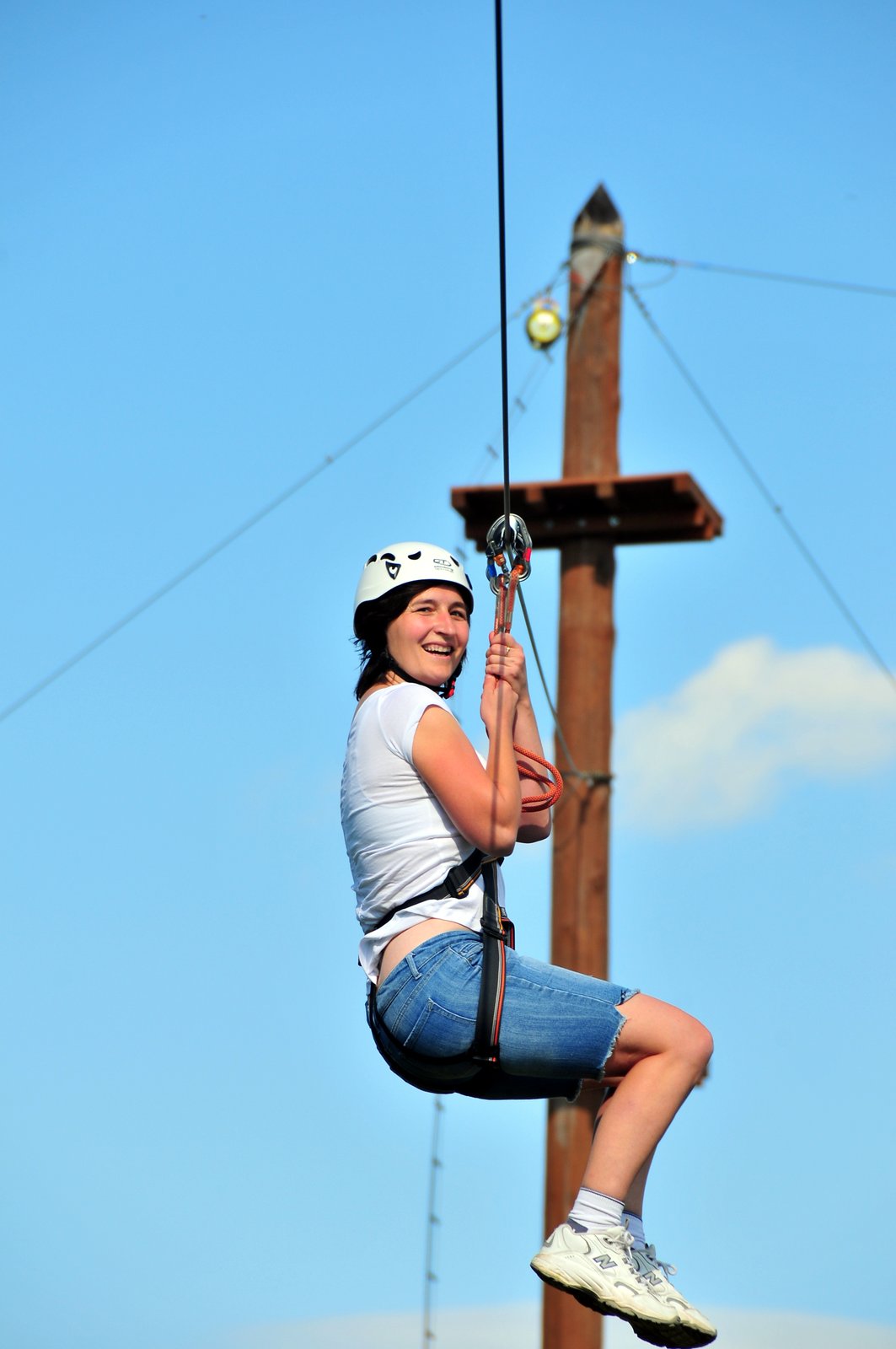



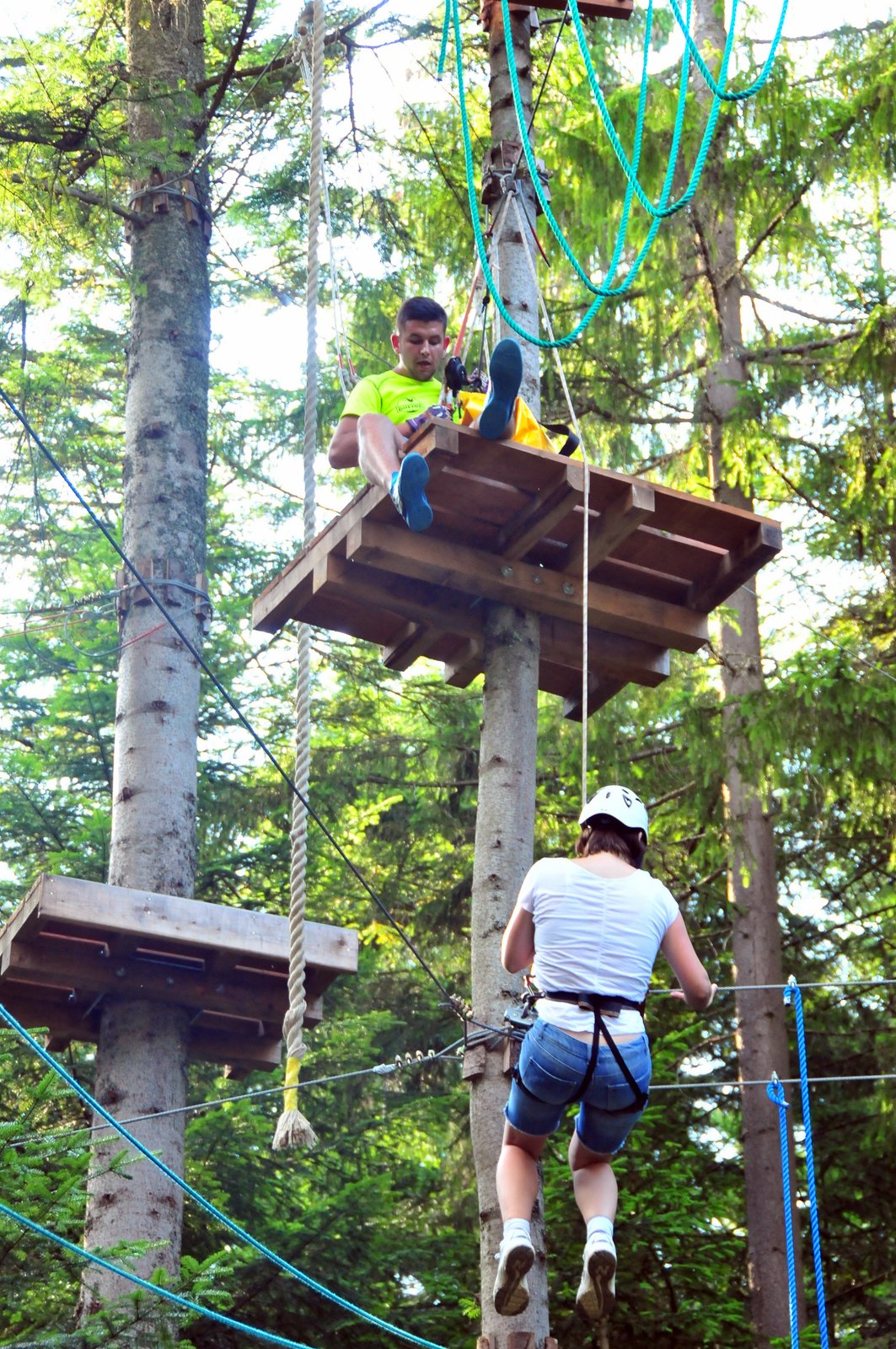

In the meantime, the Boy and his companions worked on the greatest adventure of the day: building an actual swimming pool — of sorts.







He came home dirty and wet, signs that show just how perfect the outing was.
Trains and Lipnica
Morning: the outdoor train museum in Chabówka. It’s nothing like the train museum in Savannah — trains that you can only look at but not really touch. The trains at Chabówka are open and ready for ladder-climbing, knob-turning, and pretend-coal-loading.












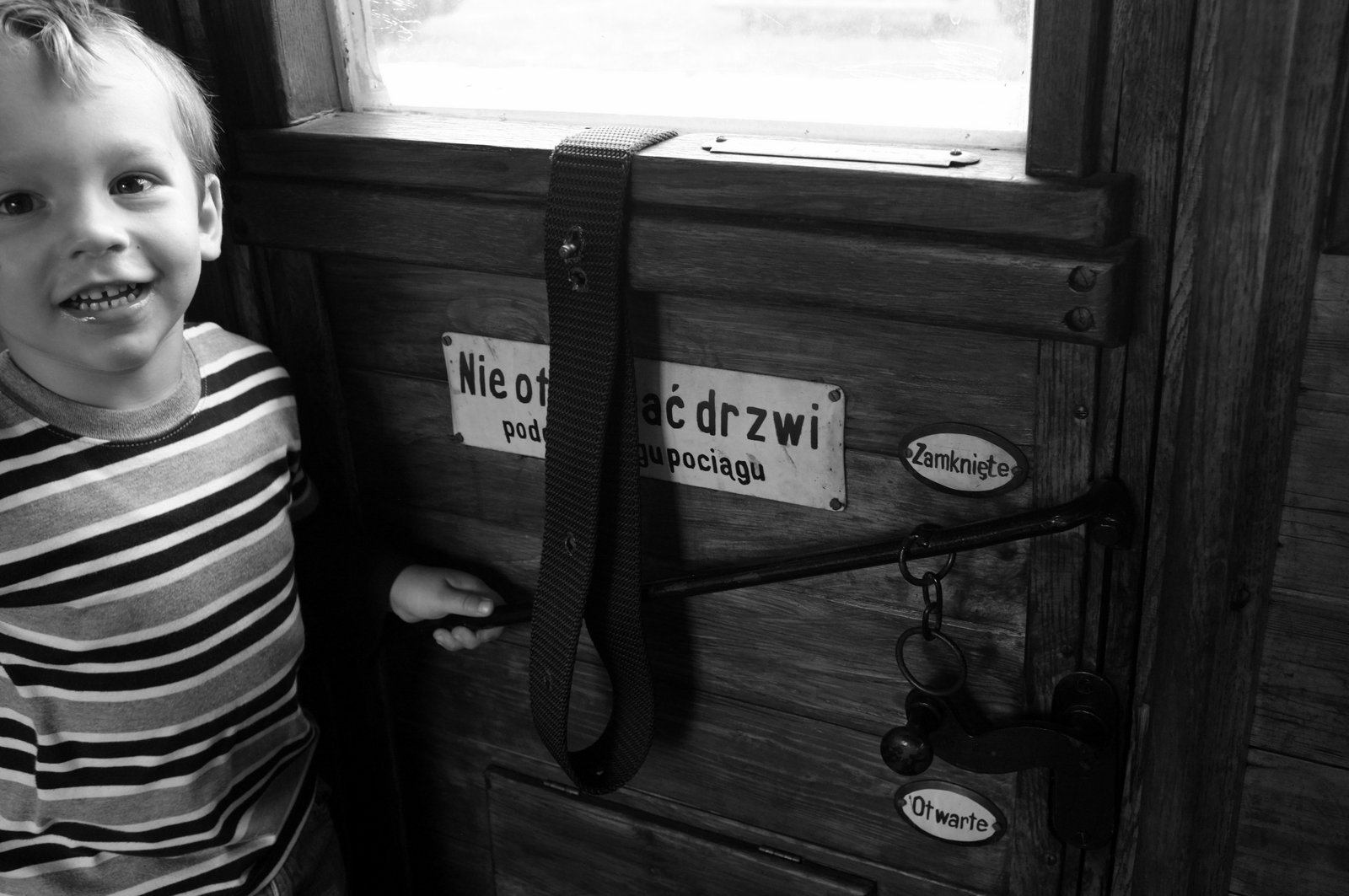
Afternoon, Lipnica Wielka, my home for seven years, and always a highlight of any visit to Poland.




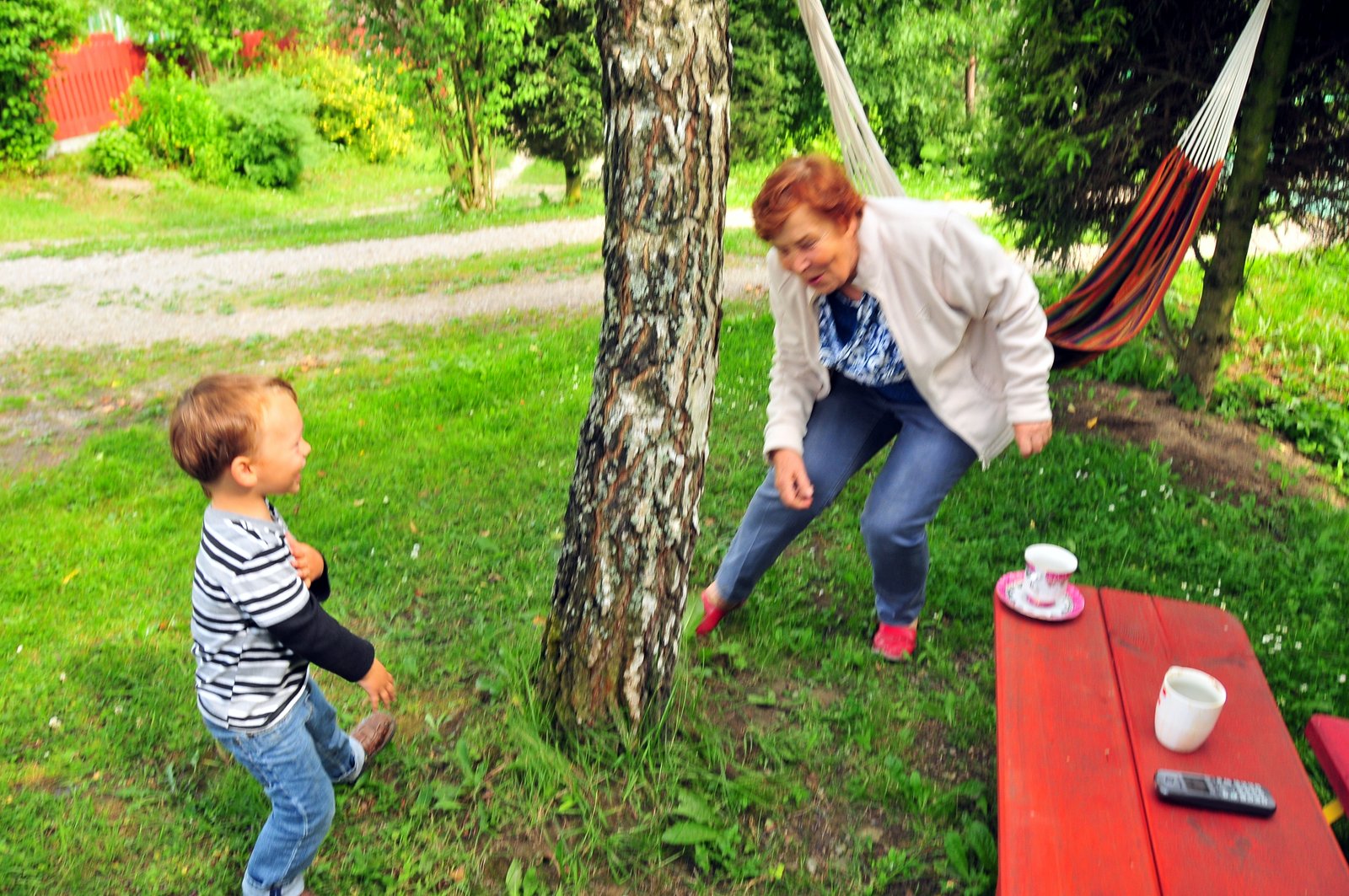





Slovakia to Nowy Targ
Morning: a trip to Slovakia to do some shopping. Babcia explained that the flour there is much better quality and that the crocheting thread is much cheaper, so we headed to Trstena, the first real town across the border.



Despite all the changes in Lipnica and Jabłonka, Trstena really hasn’t changed all that much. The town square still looks more or less like it did the first time I went in 1996. Sure, there have been a few updates in architecture, but mainly face-lifts to get ride of the old socialist realism of the previous era.

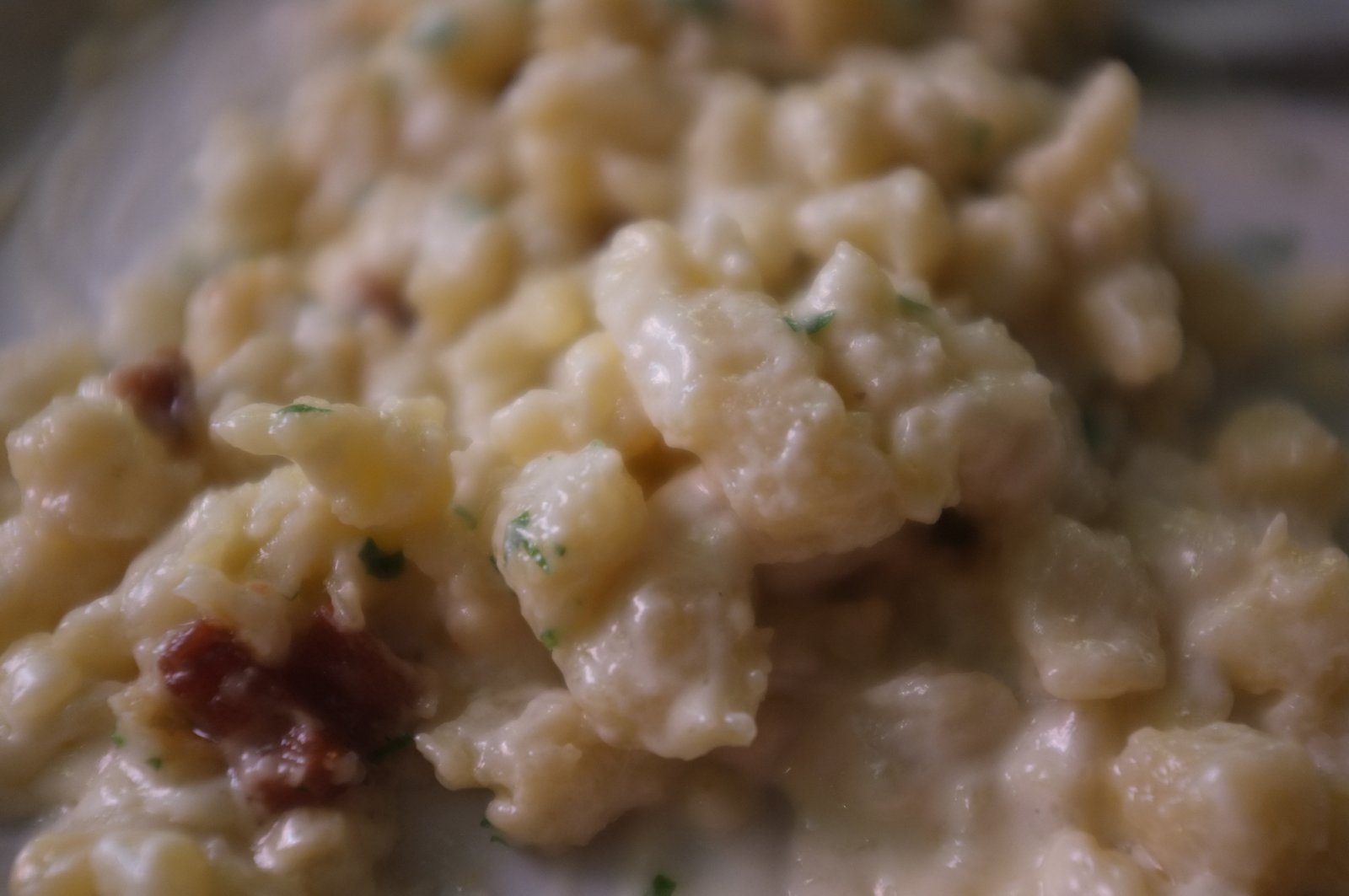
We made our purchases and then found a cozy restaurant for a bit of lunch. And of course since we were in Slovakia, there was only one thing on my mind for lunch: bryndzové halusky. I could eat the stuff by the kilo if it weren’t for the fact that it’s a complete fat and carb bomb.




Since Babcia wanted to stop and get some trash bags — the local trash collecting agency will only pick up trash and recyclables that are in the proper bag, in typical bureaucratic fashion — and since the bags are available only in one location, we decided to drive around Lake Orawa and come at Lipnica, where the trusty bags are located, from the backside. This meant we went over the dam that formed the lake some decades ago and prompted the creation of the town of Namestovo for the displaced residents of the valley. Of course, the boy loved it.
Part two: Nowy Targ. K had some shopping to do and wanted to get her hair done, and since two people recommended the same hairdresser in NT, there was only one place to go. I on the other hand had other things on my mind: no trip to Poland is complete without a visit to C, the Other American in the area with whom I spent countless weekend hours in the late 90s.





A quick walk over the river and through the cemetery and soon, C and I were catching up, reminiscing.





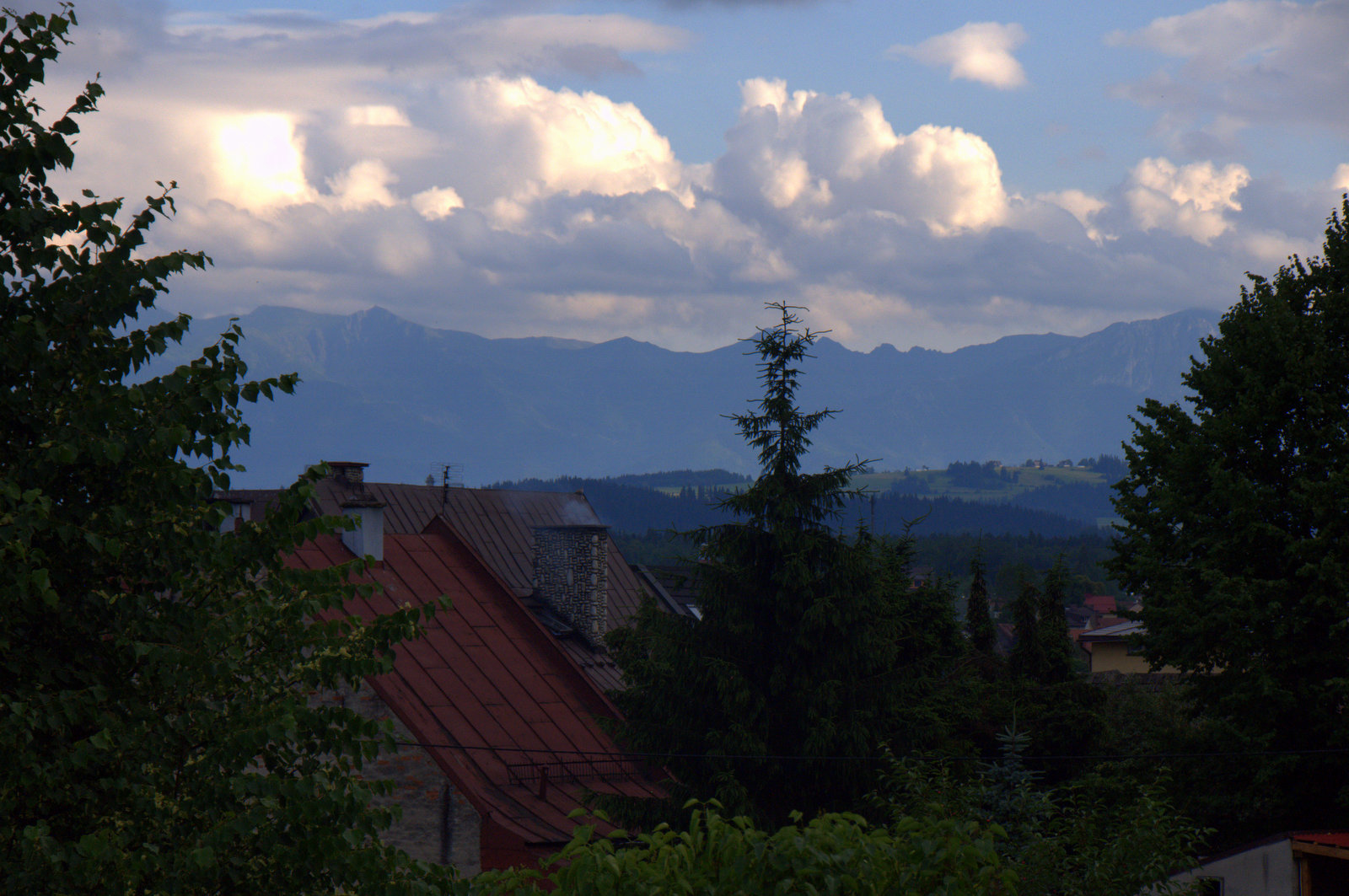
K came by, showed off her lovely new hairstyle, and chatted with us a bit before we turned back toward Jabłonka.
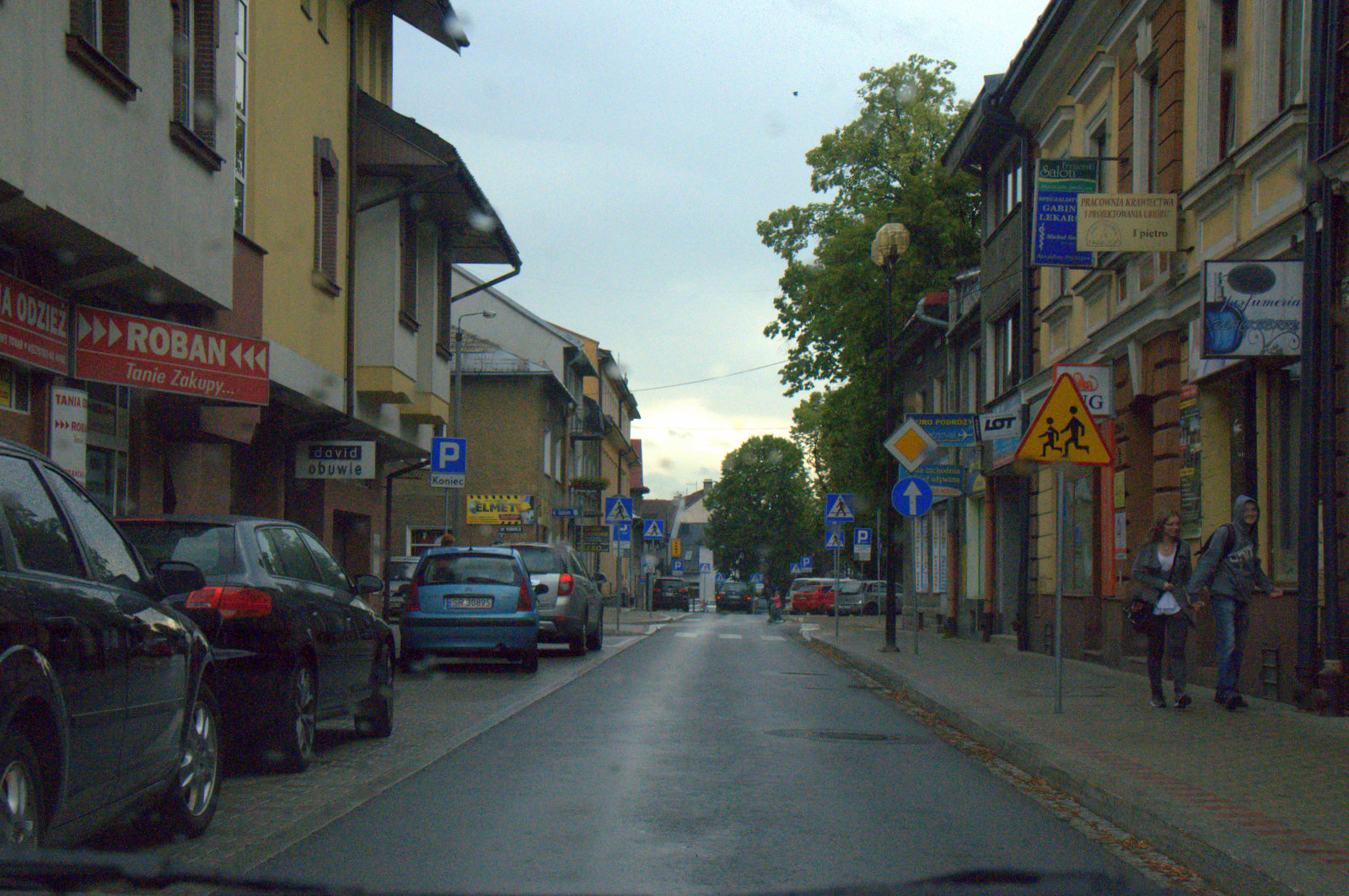








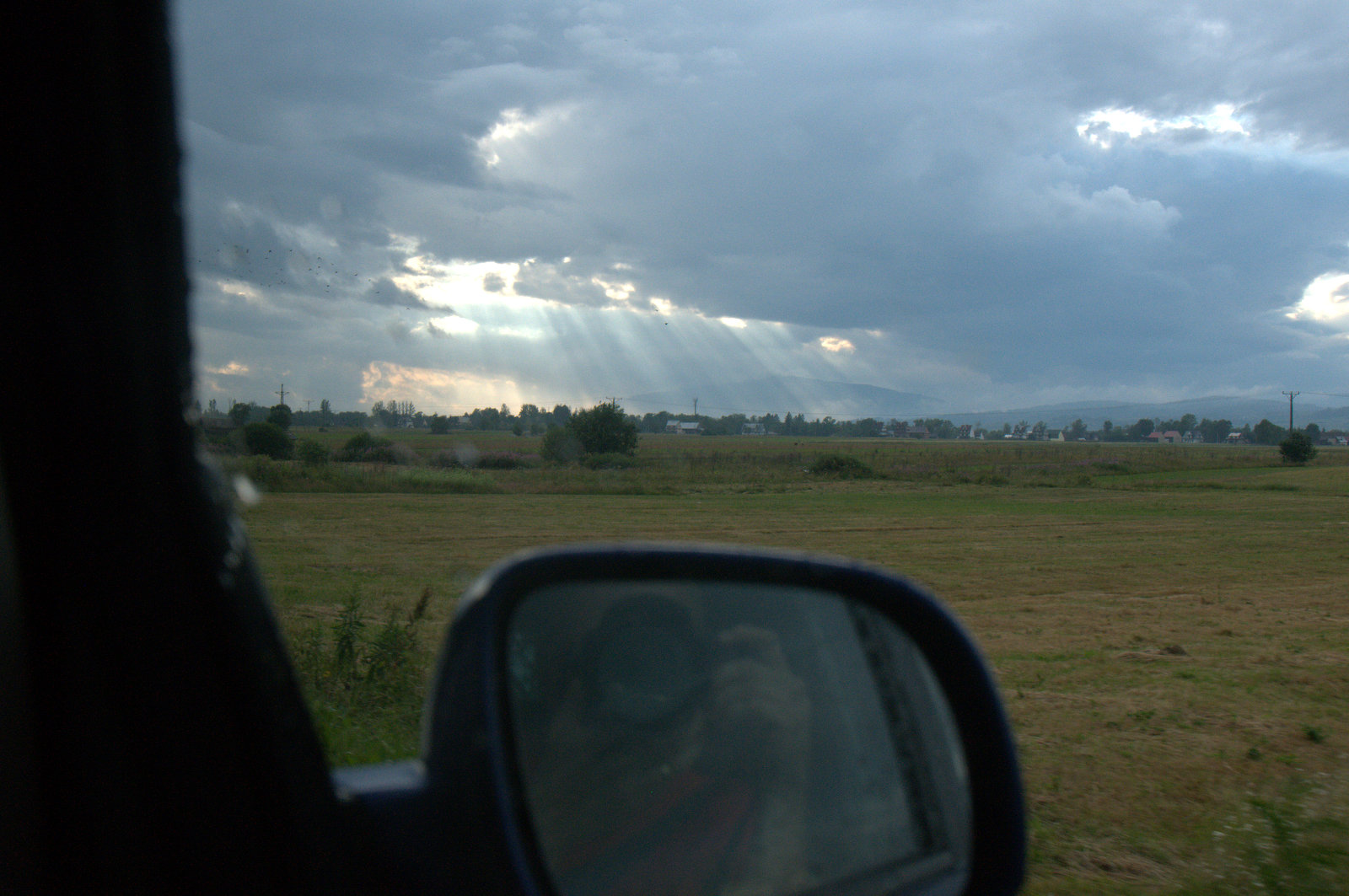

In some ways, nothing special about today’s events. Had today been eighteen years ago, it would have been almost typical — not for a Tuesday, perhaps, but maybe for a Friday or Saturday. All it takes to turn the typical into the extraordinary then is eighteen years and a few thousand miles.
Bike
Living in Poland for seven years, I rode various bikes for a total of at least 6000 kilometers. That’s how many kilometers my two bike computers showed when combined. On my road bike, 3500; on my mountain bike, 2500. That total was during my second stay, from 2001 to 2005. It was then that I became something of a cyclist, spending an asinine percentage of my salary on cycling equipment. During my first stay (1996-1999), I had a fairly cheap mountain bike that I virtually gave away when I left. I had no cycling computer on it, so I’d have to guess how much I rode, but I wouldn’t think I did more than 1000 kilometers in those three years, and that’s probably being generous. But that second extended visit to Poland — I rode like mad. One summer alone I did 3500 kilometers, riding in the morning and early afternoon on my road bike then riding into surrounding forests in the late afternoon on a mountain bike.
This afternoon, I dug out the mountain bike, cleaned it up, fixed a wobbling wheel, then took it out for a short spin. It had recently sprinkled a bit, and I was wary to head out on untested equipment more than a few kilometers, but still, I couldn’t resist. I rode paths I’d never done before, ending up in a spot behind the river — the destination of The Walk — that I’d always wondered about.
Two things were different this time out: first, I felt oddly conspicuous. A young man on a bike doesn’t look all that odd; a man in his forties on a bike, clearly riding for recreation and not simply as a means for transport, is a rare sight indeed. Bikes for me of my age are usually just means of transportation, often to the fields to work or from the bar after a binge (though often the rider is pushing the bike in the latter case). The second oddity had to do with the pedals: the first time in probably fifteen years or so that I’ve ridden with regular pedals as opposed to clipless pedals that attach to a cleat on the bottom of each shoe, allowing a rider to pull as well as push. I found myself wanting to pull, especially on the one or two small climbs I encountered, and the result probably looked amusing to anyone who happened to see, adding to my feeling of conspicuousness.
Despite the oddness of riding in this area for the first time in over ten years, it’s safe to say that the quick trip was a success. And in the meantime, K and the Boy were visiting other friends.
And the Girl? She’s at her first summer camp experience. She called this evening in tears, scared at the thought of her first night alone. What she really needed was a hug, and fortunately, a family friend was there with her to provide it. Still, it’s a stressful experience for us as well as for her.
Saturday Evening, Sunday Morning
Saturday evening, with the air not so warm but also cloudless, I thought I might be able to get a shot of the Tatras. It’s a difficult shot to get because of the haze that usually clouds the view from Jabłonka in the summer. You have to be right in front of them to get a clean shot. So I headed out in the early evening, and almost on cue, clouds began sweeping in.

It still amazes me how this region can go from the one extreme to the other so suddenly. It’s not like a few clouds appear, then a few more, then still more until the sky is gray. No — it’s a line of gray that suddenly appears and seems to put a lid over the whole region. Suddenly the sky doesn’t seem endless, for the clouds aren’t even that high. It’s as if you can reach up and touch them.

Still, I continued to the spot in the fields I always go to when I want to photograph the Tatras. It’s only about a ten-minute walk from Babcia’s, so for an impulsive photo-walk, it’s perfect. Still, the conditions were far from ideal. It took a fair amount of fiddling on the computer to keep the mountains from blending into the sky.
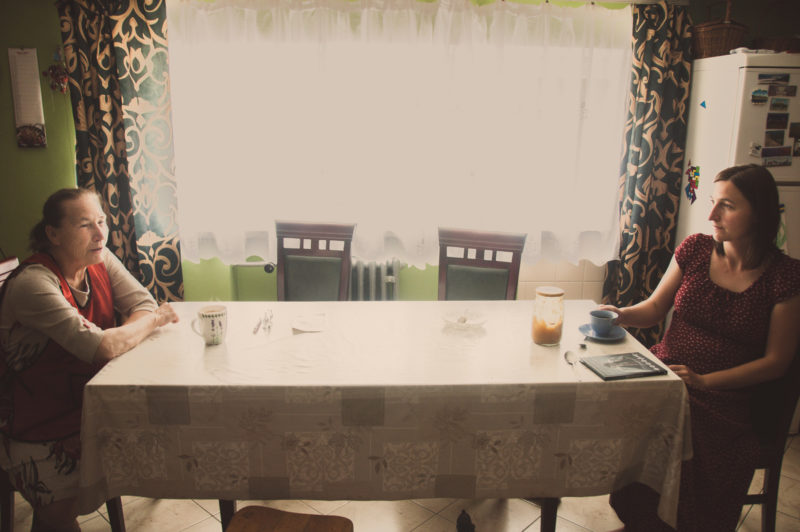
As for Sunday, a stay-at-home day. Mass, lunch, packing for L — she heads off to camp tomorrow. And finally, a recreation from the last Poland visit.
Line Park
Out of the blue, or perhaps out of the gray, we suddenly have blue skies. Within a few hours of sunrise, it’s possible to be comfortable outside without a jacket. By late morning, it’s possible to put on shorts. With the rich blue in the sky, I decide I might try for another picture of Babia Gora. During our walk yesterday, I’d discovered a spot where only a field of dandelions and Babia were visible. Gone were the houses, the power lines, everything that makes modern Jablonka modern Jablonka. I take a few pictures, but none of them measure up to what I see in my mind’s eye.







The afternoon promises more interesting adventures, though. More touristy, to be sure, but nothing’s wrong with that. We’re tourists now. We walk around the small centrum in Jablonka and recognize no one. K tells me that even at church she sees almost no one she knows. We are strangers when we’re here, tourists, so why not act it?
We head to a new park at the base of Babia Gora that includes a line park, several playgrounds, and those enormous inflatable balls that kids get in and look like they’re shrink-wrapped until the attendant inflates the thick plastic ball. L takes an hour to go through the line park. The Boy rolls about in a net of plastic balls. And K and I? We sit and scheme how we might get back alone so we can run the adult line park.










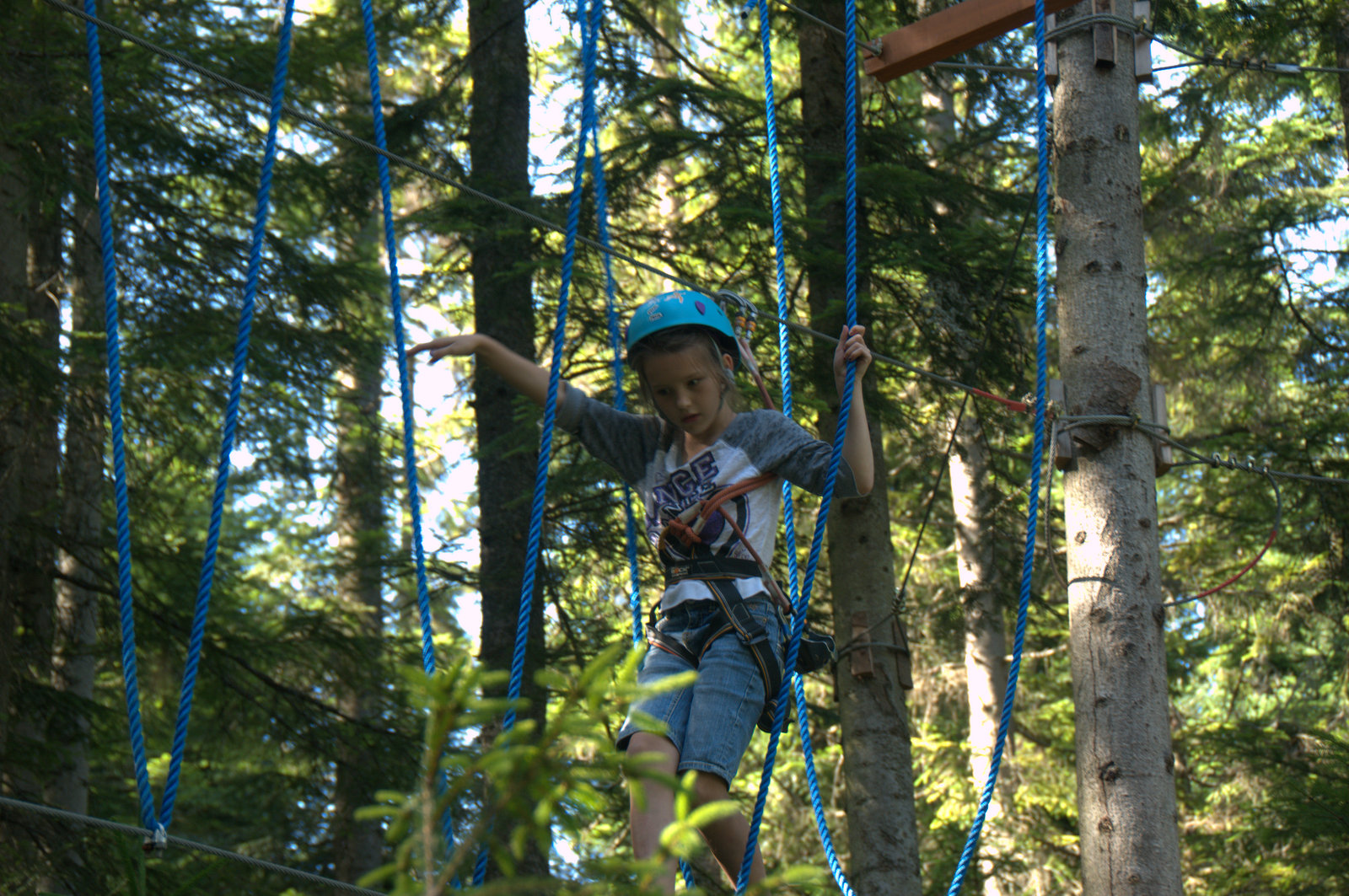









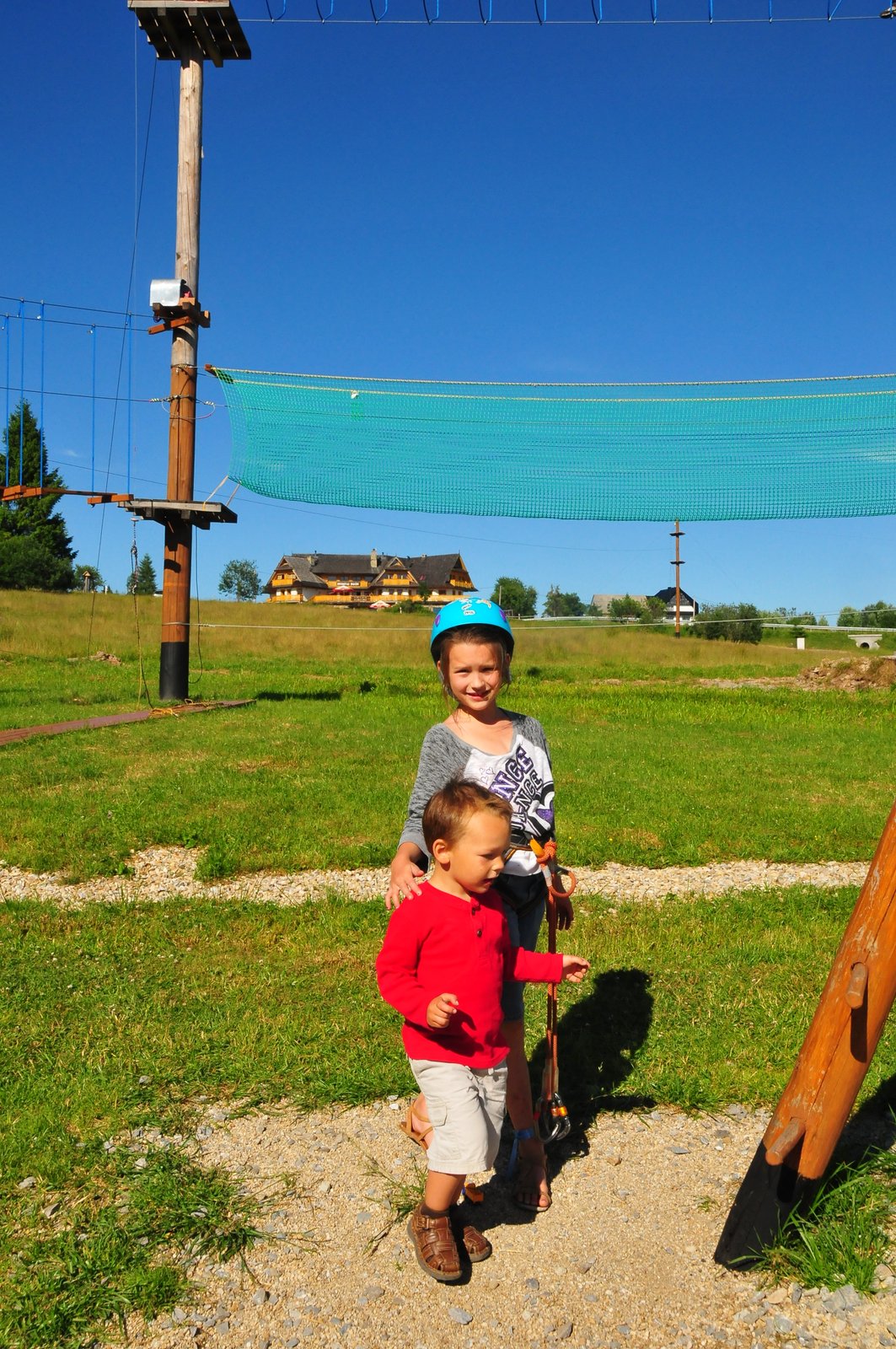



A touristy day in K’s home village. Who would have thought it?
















